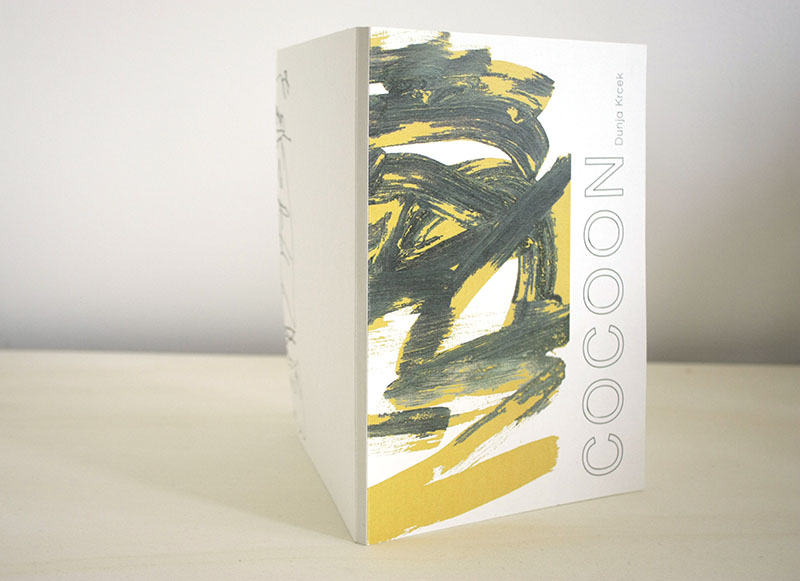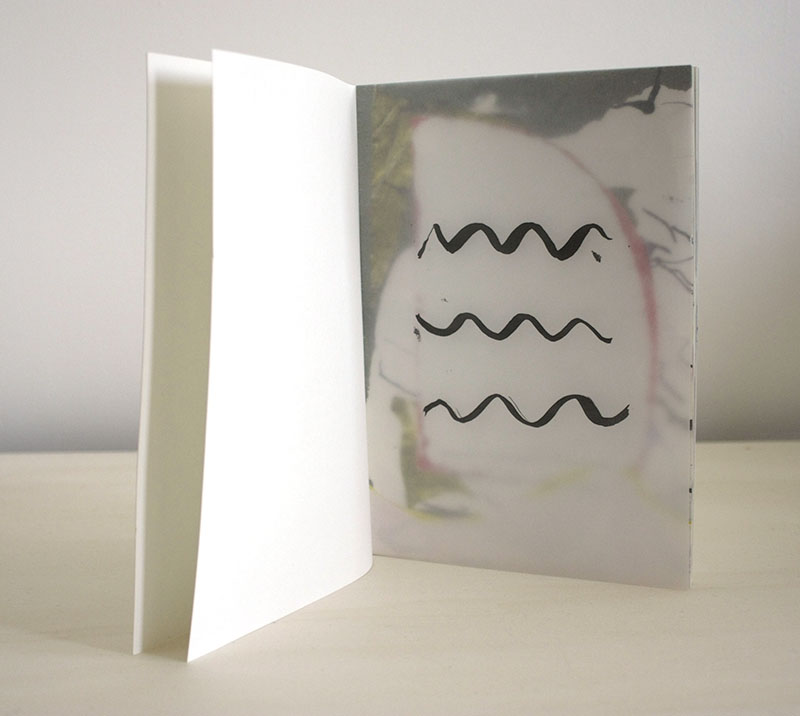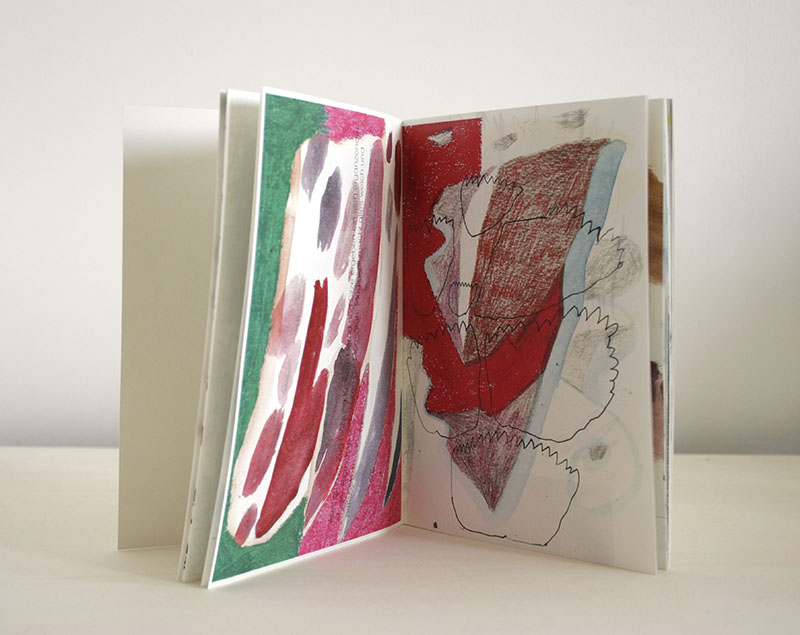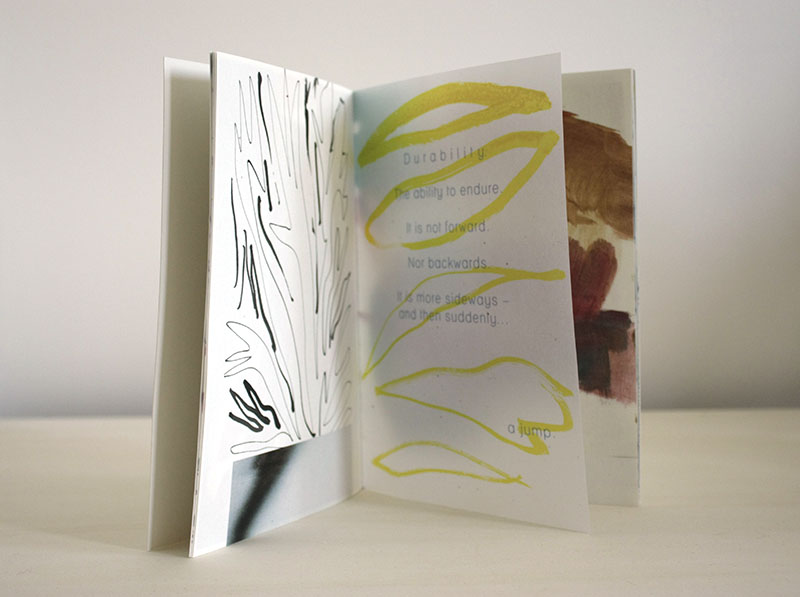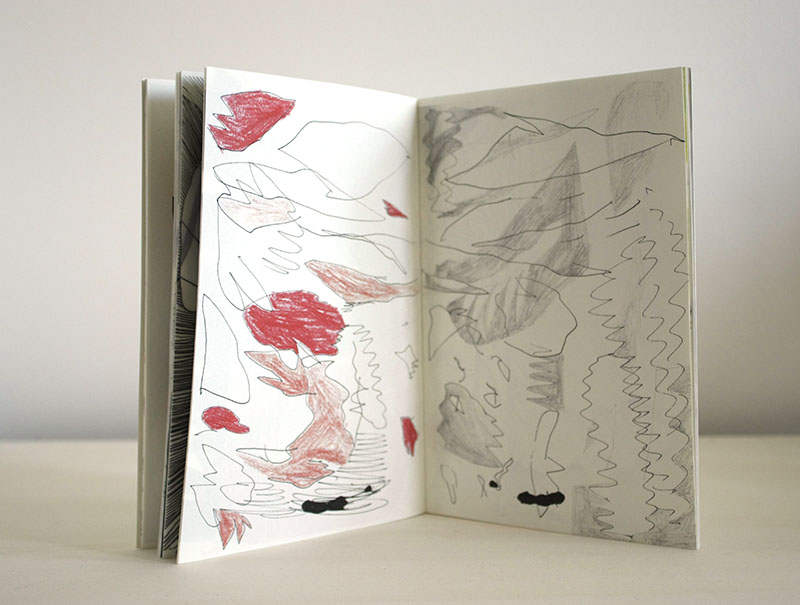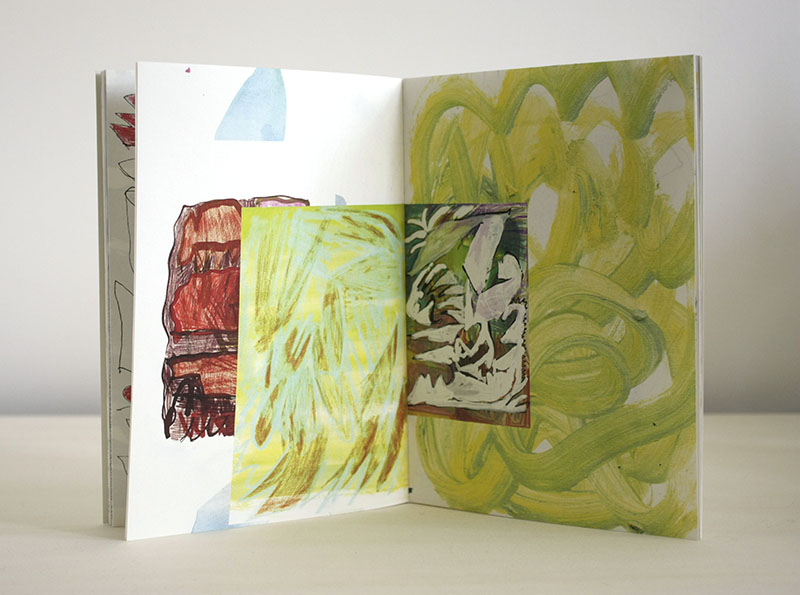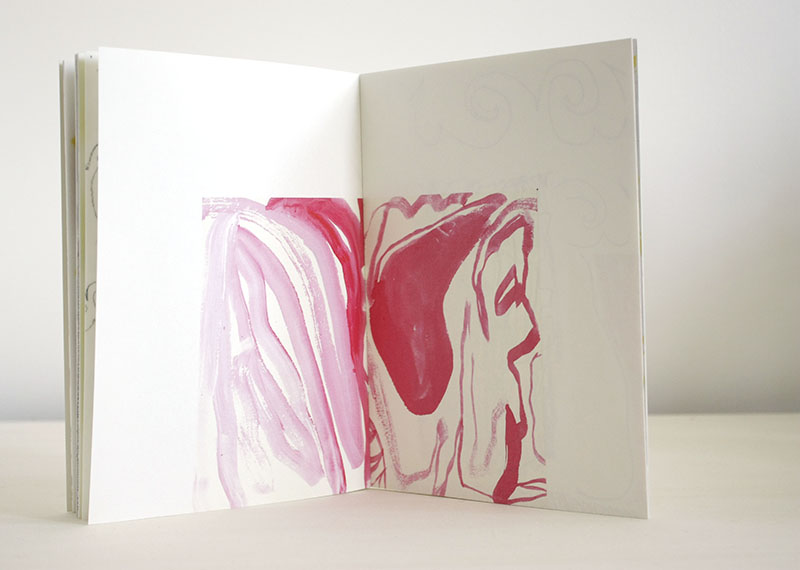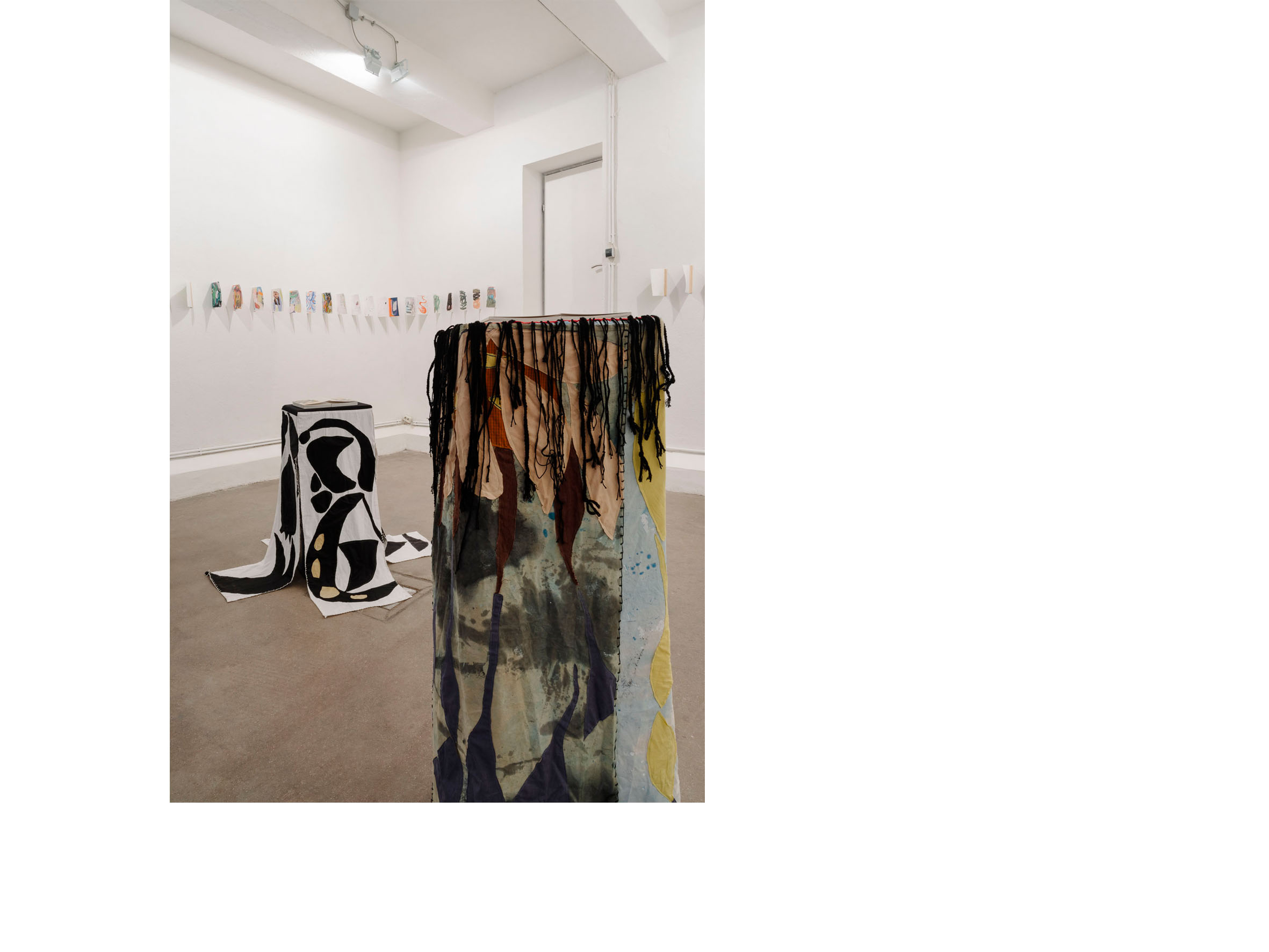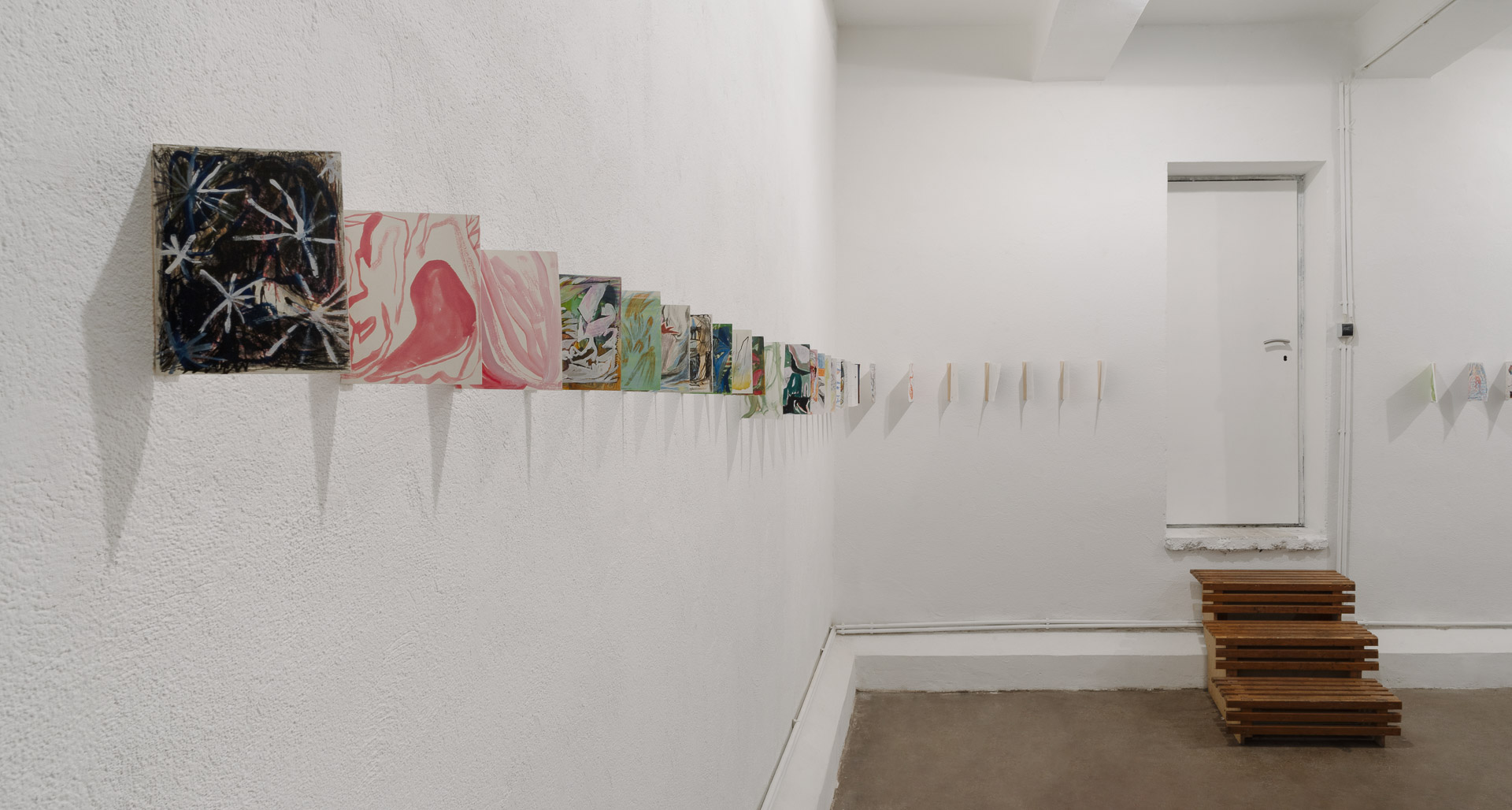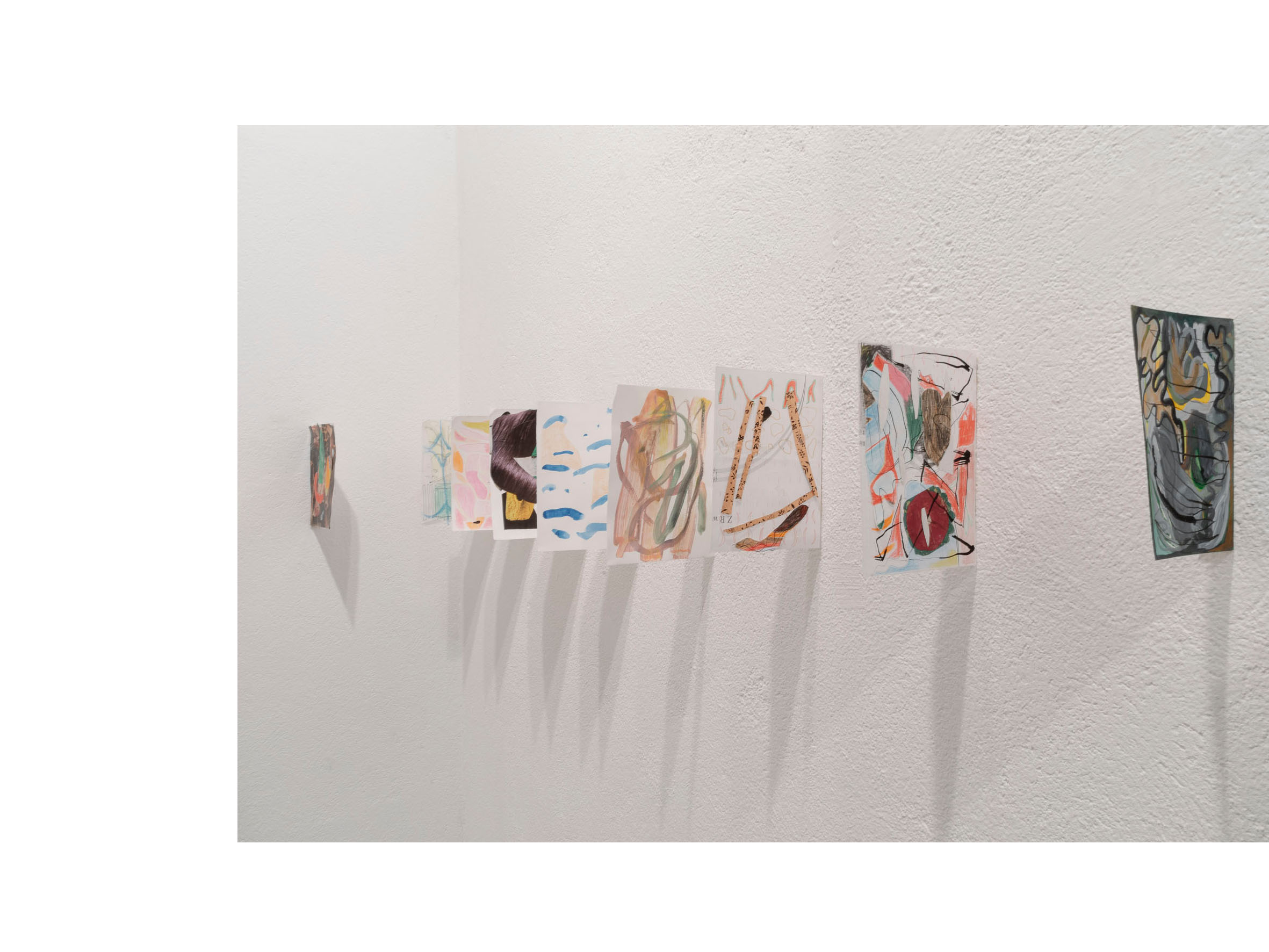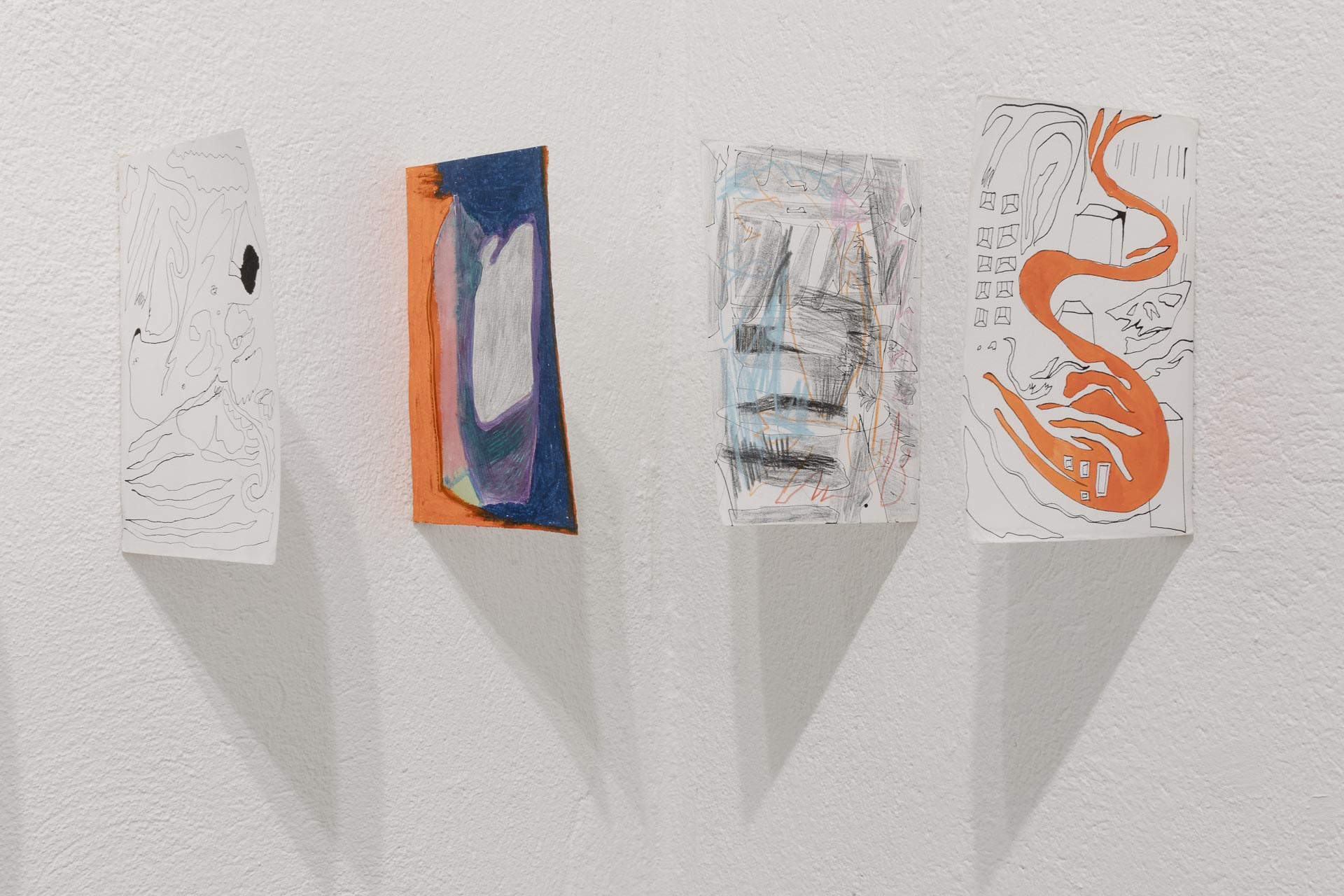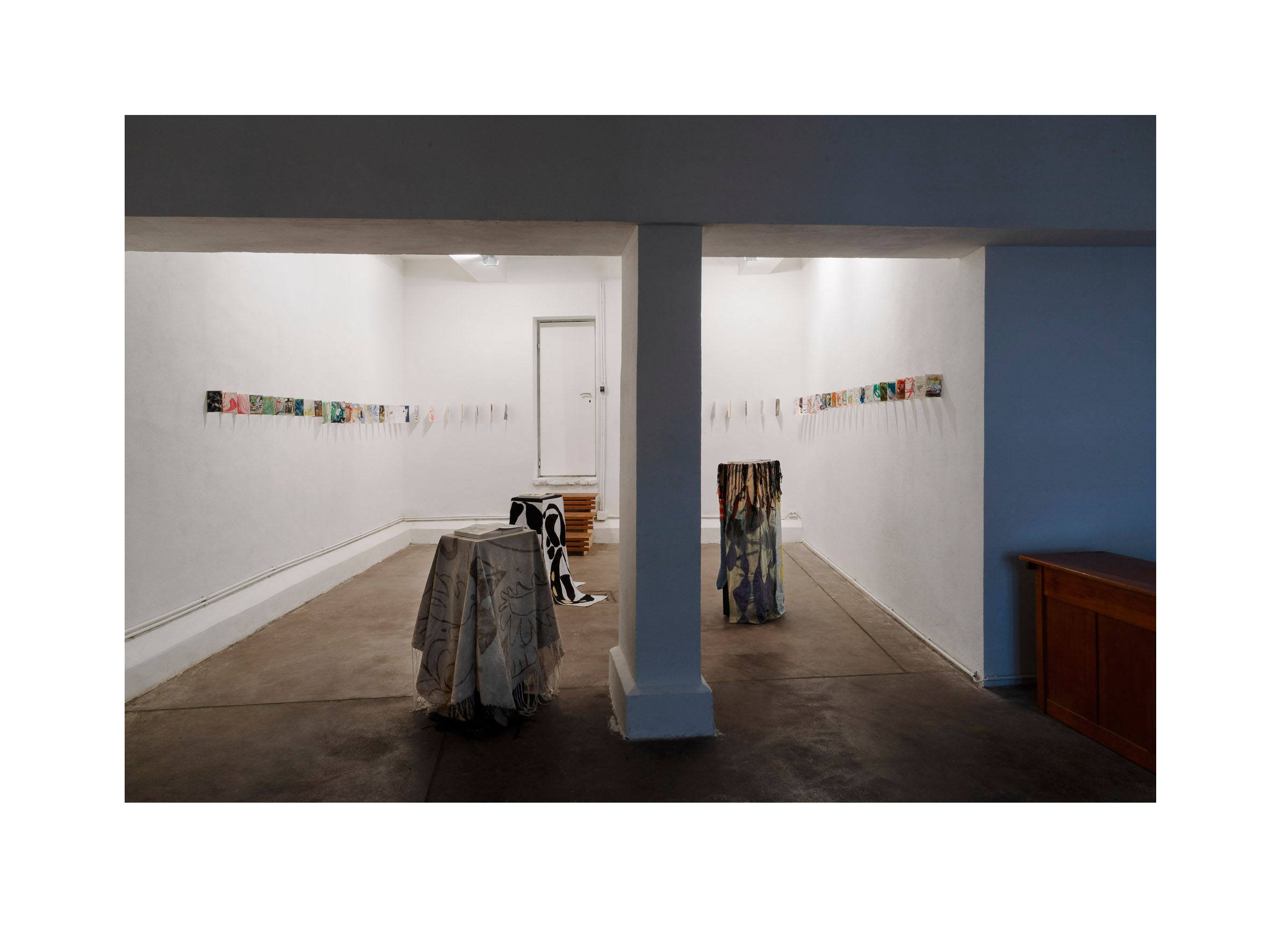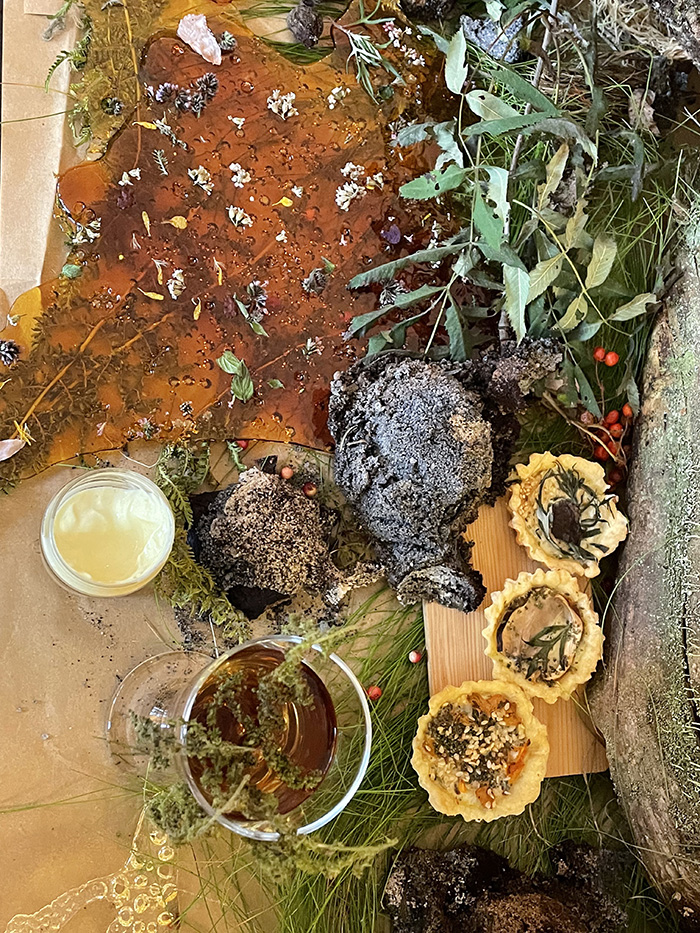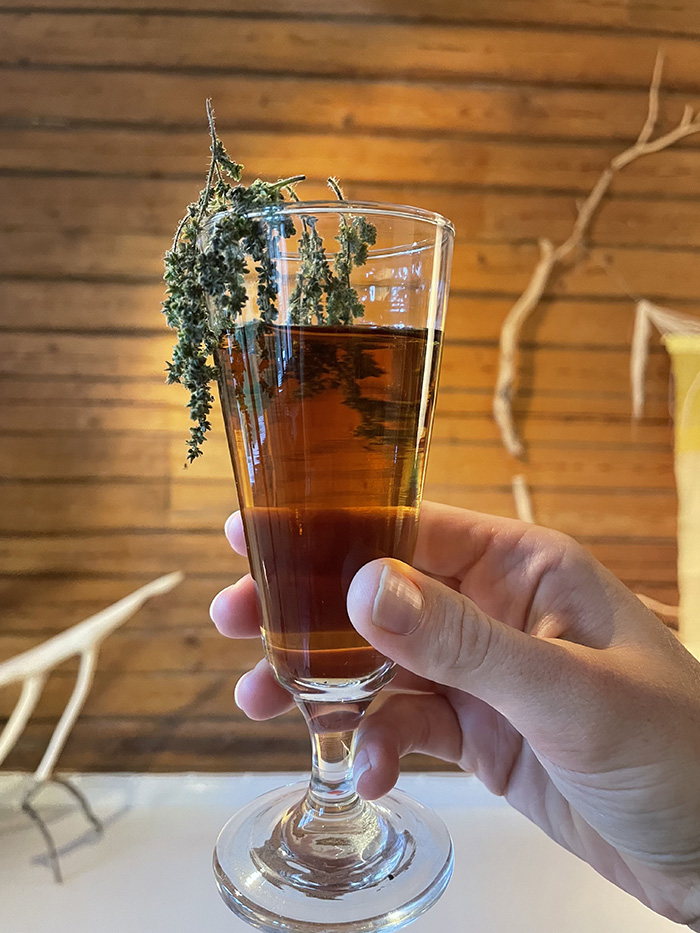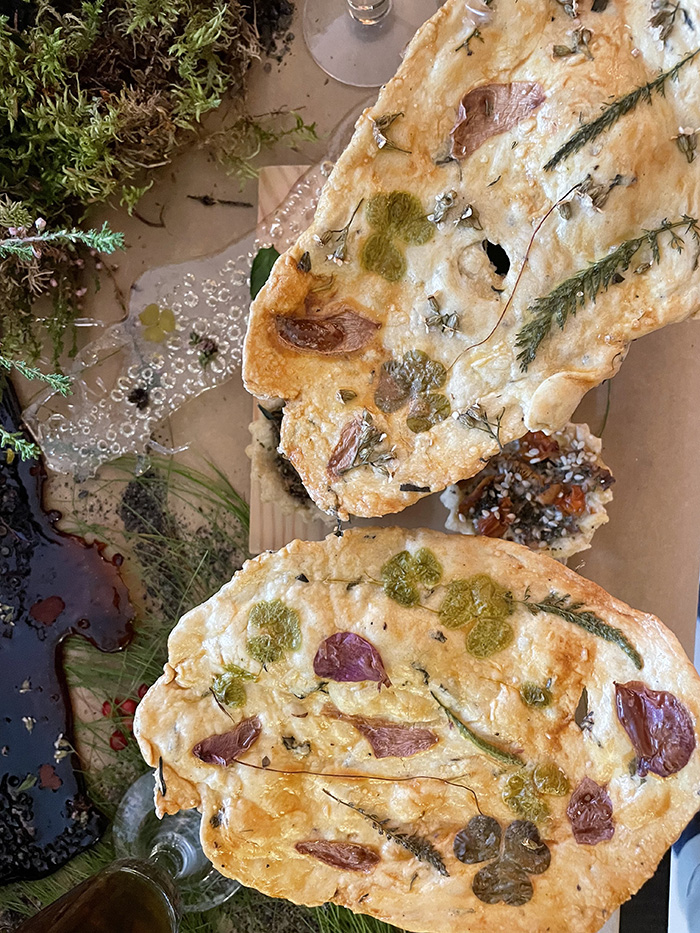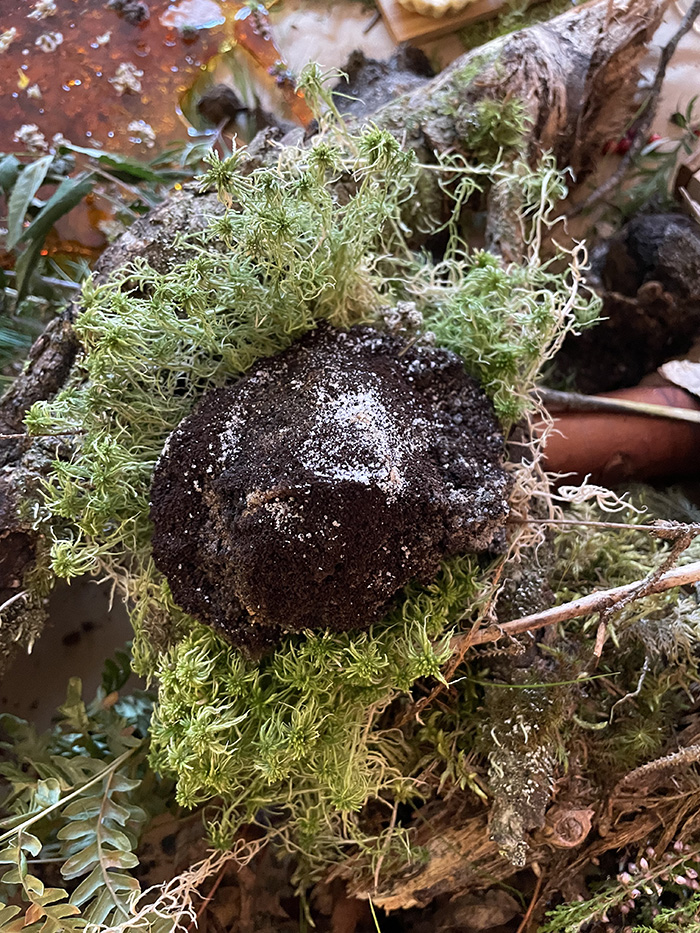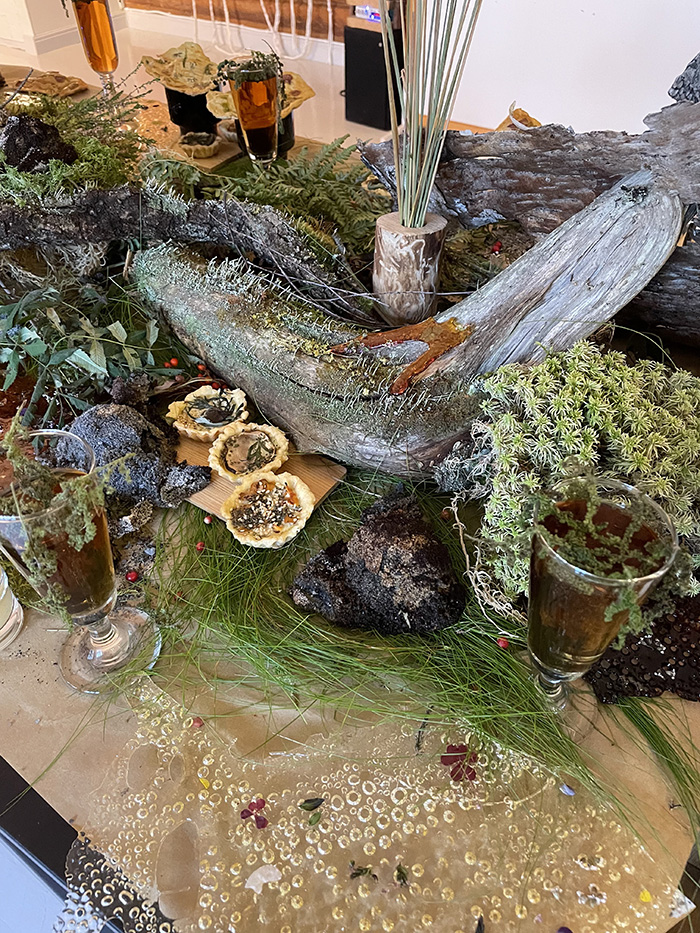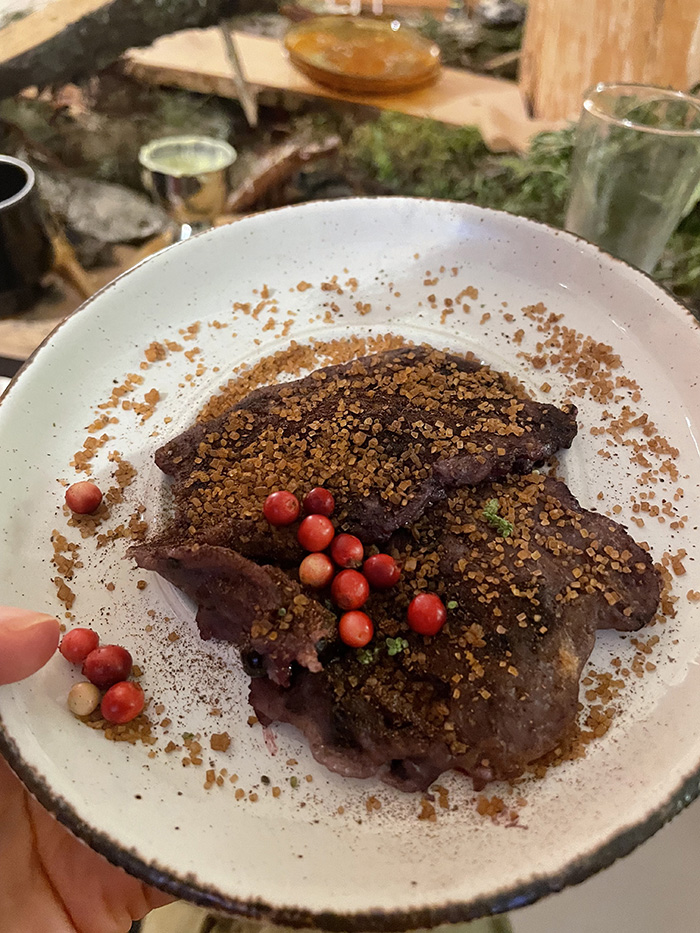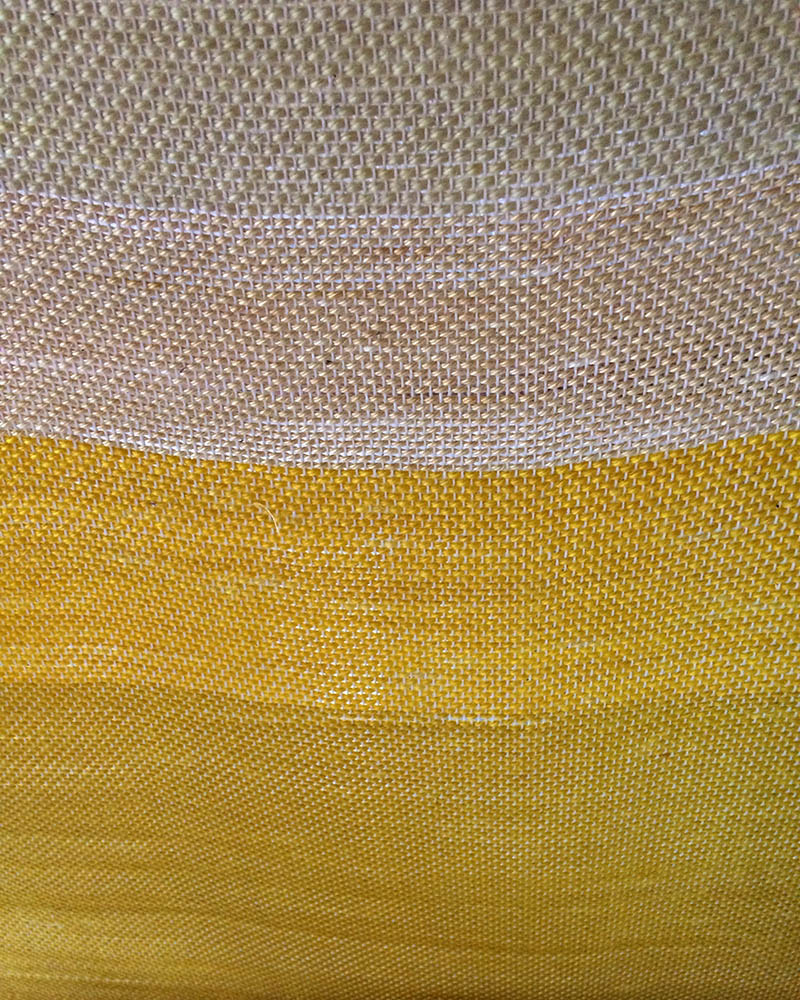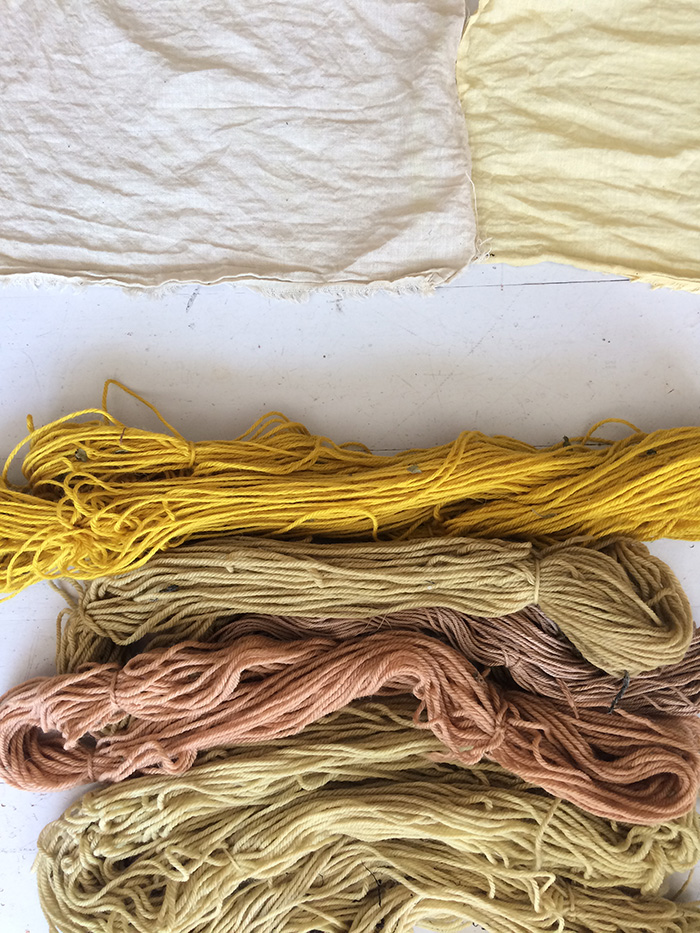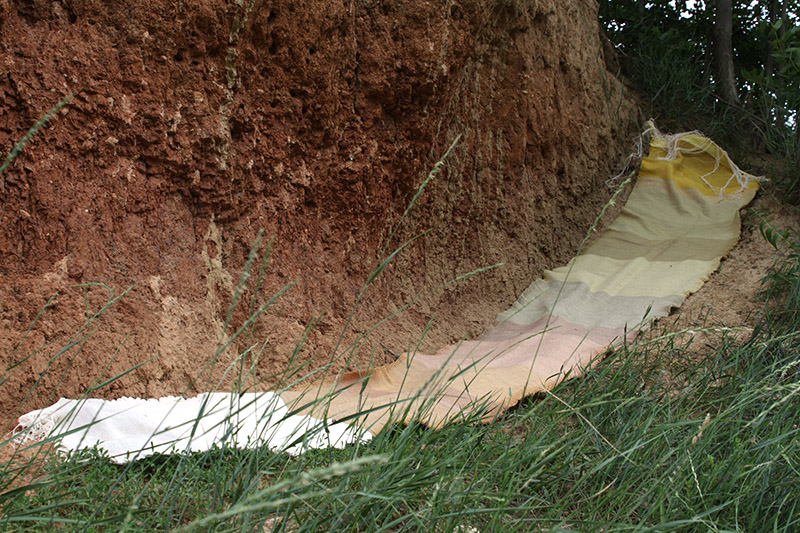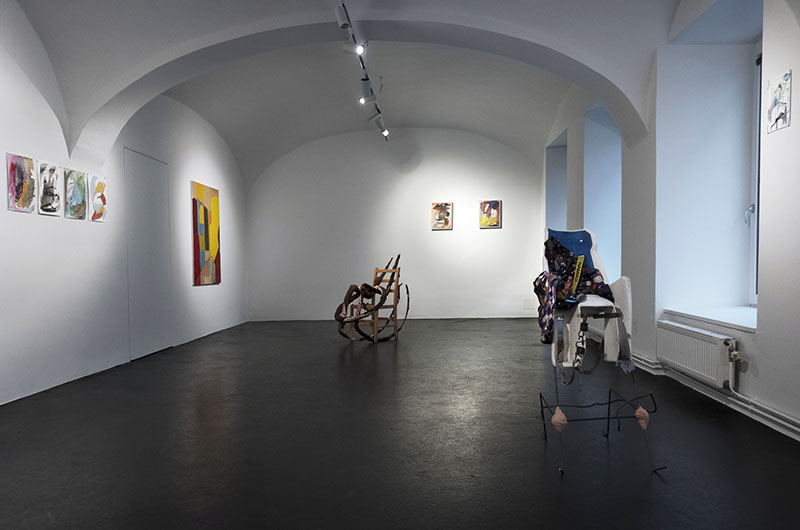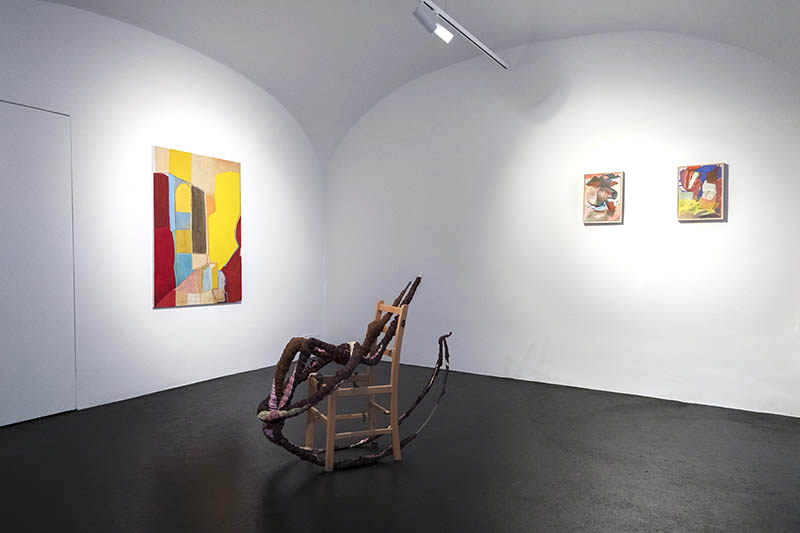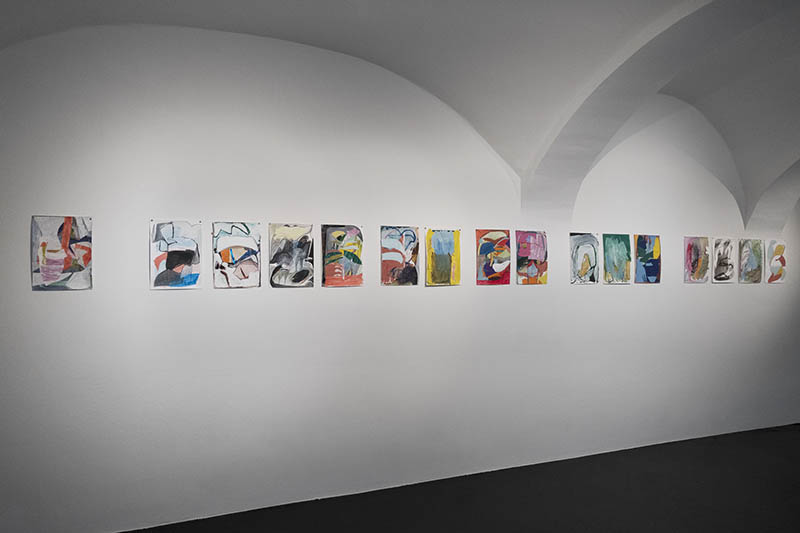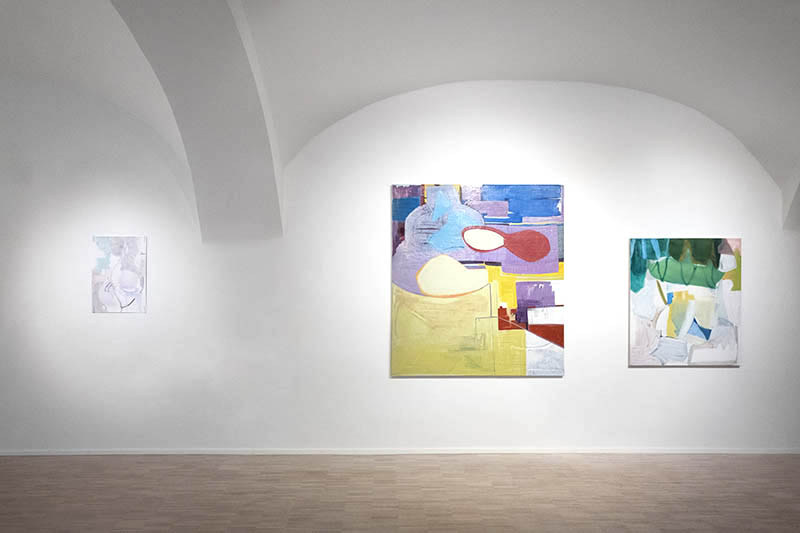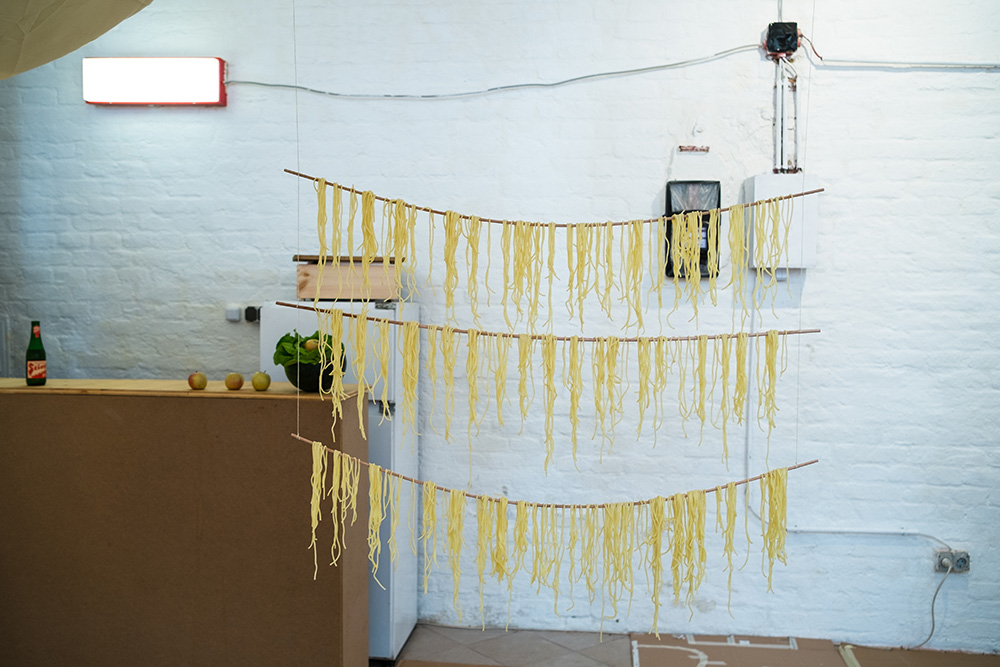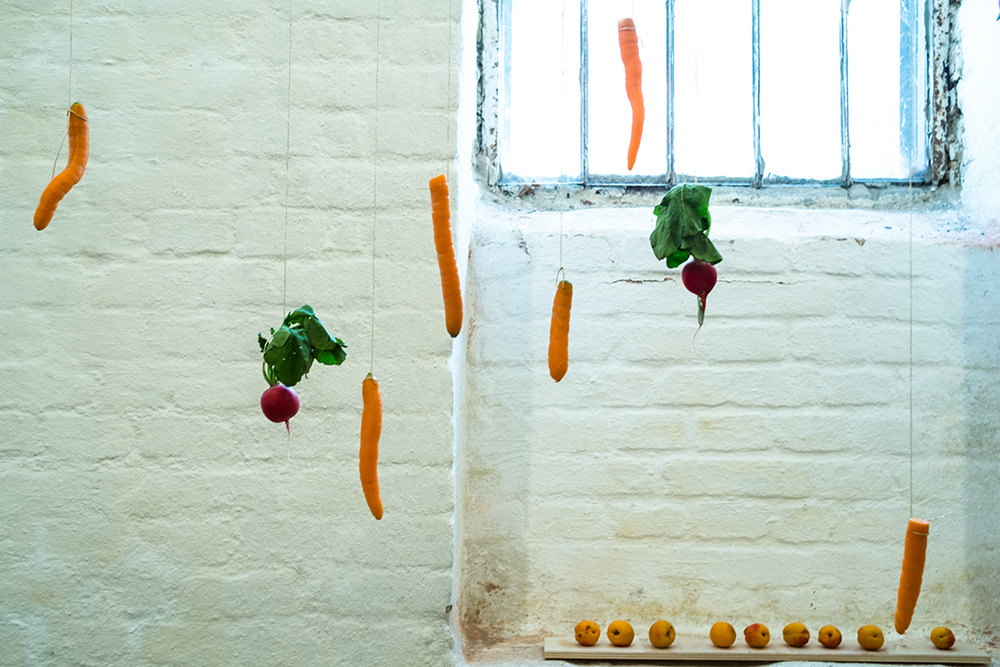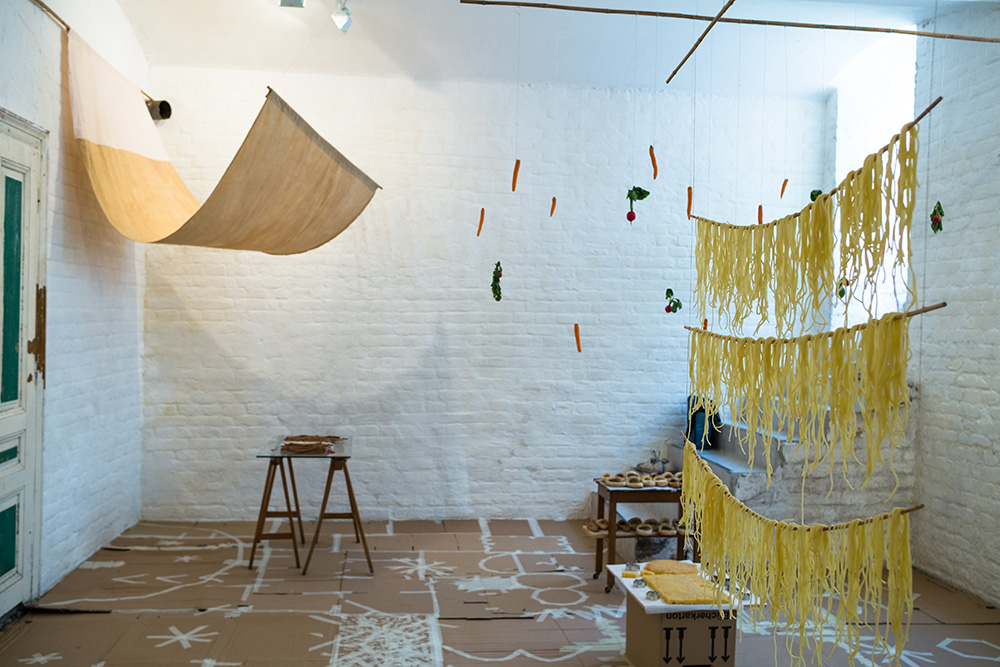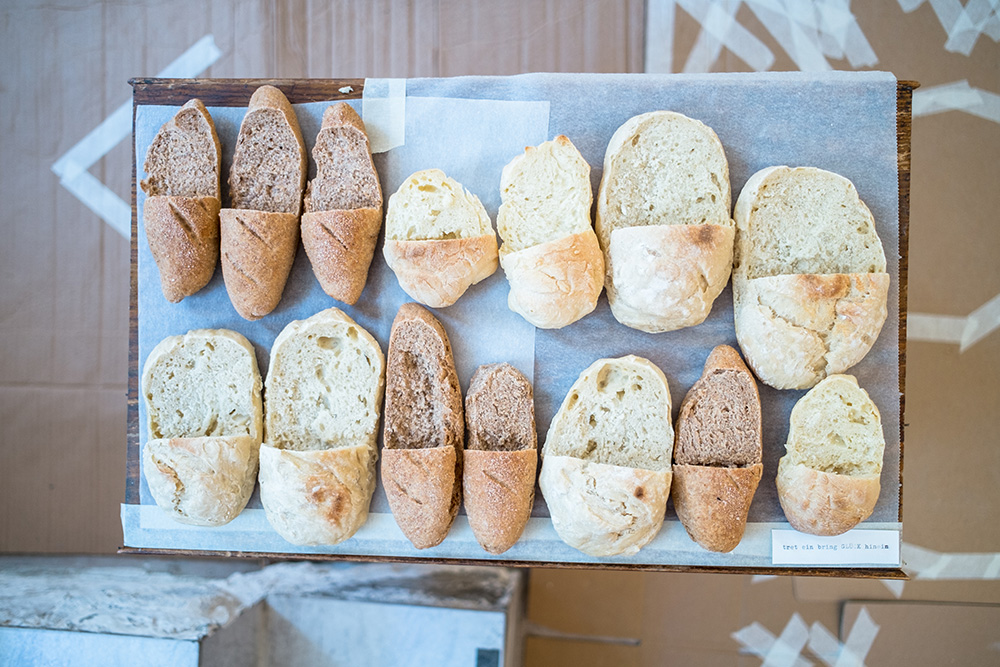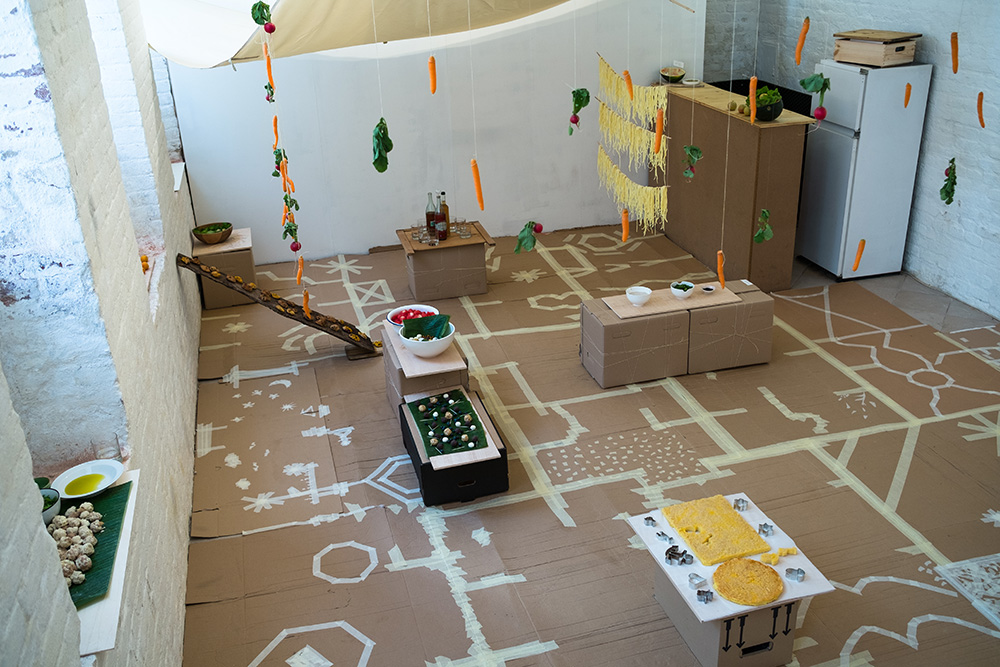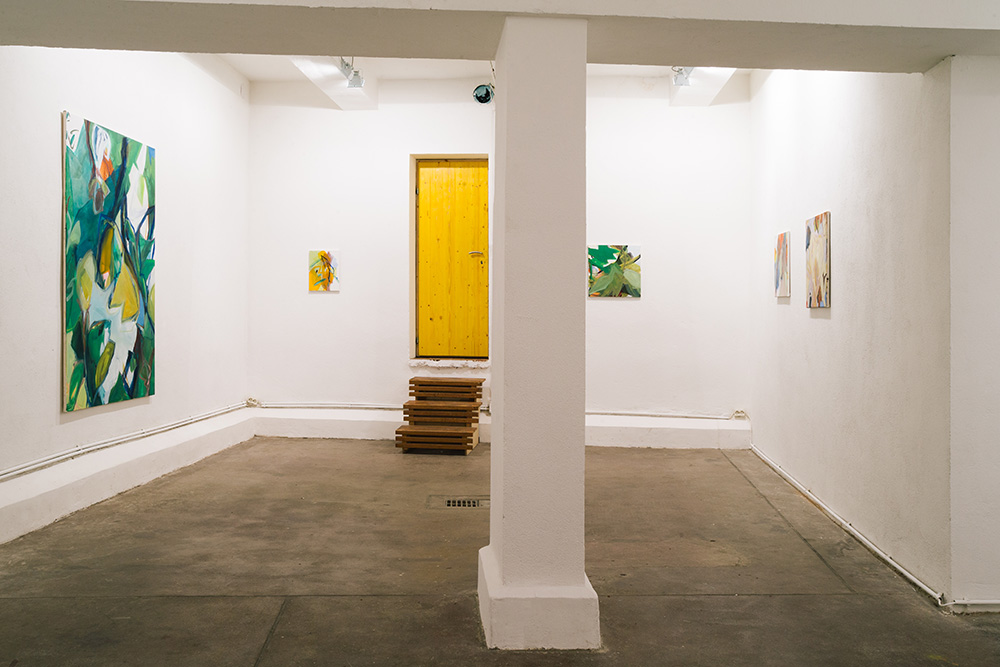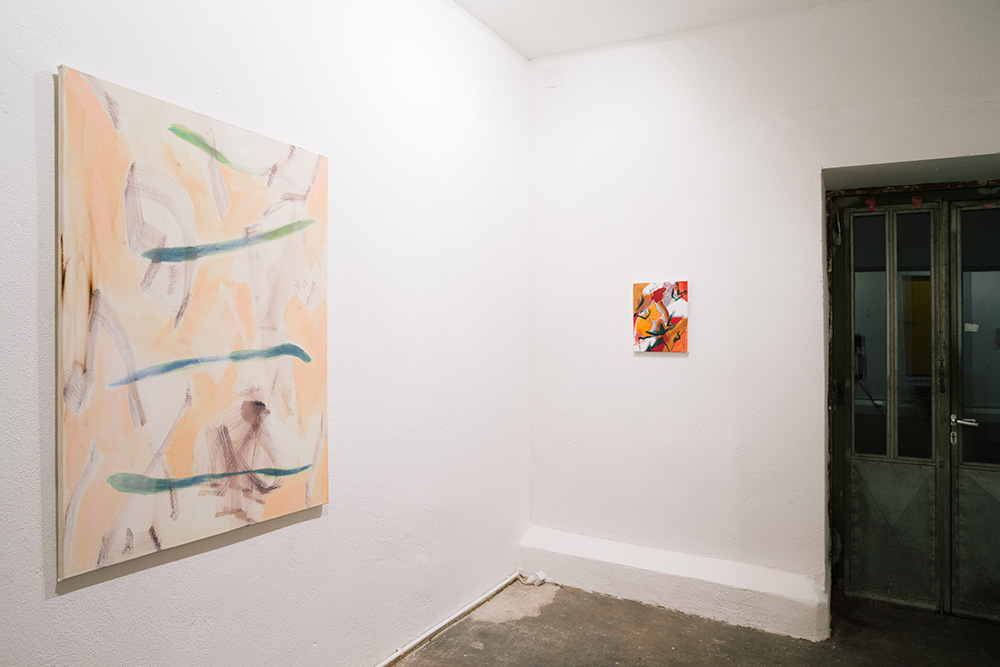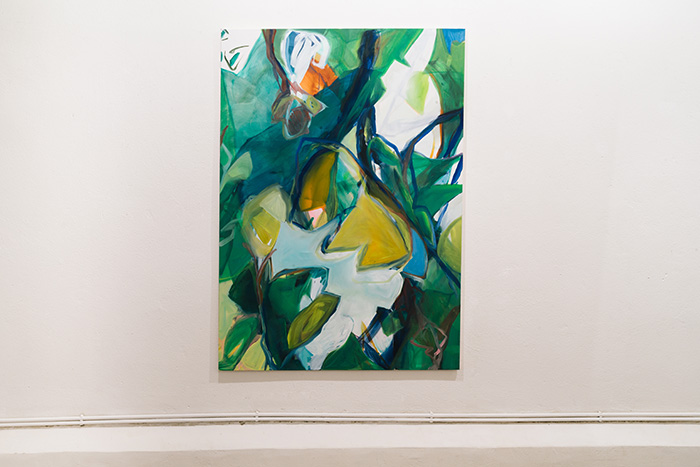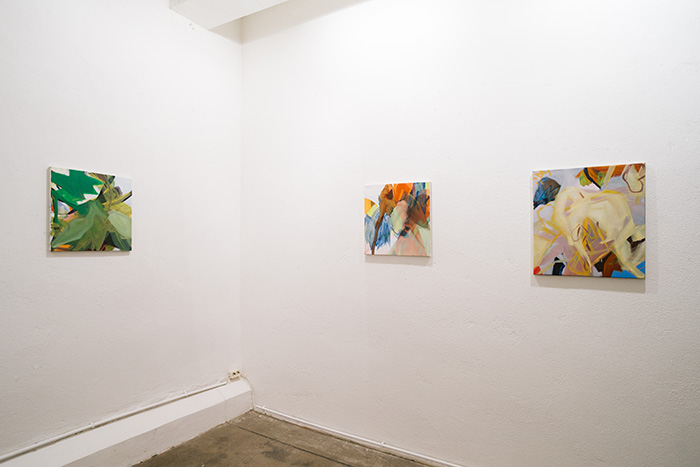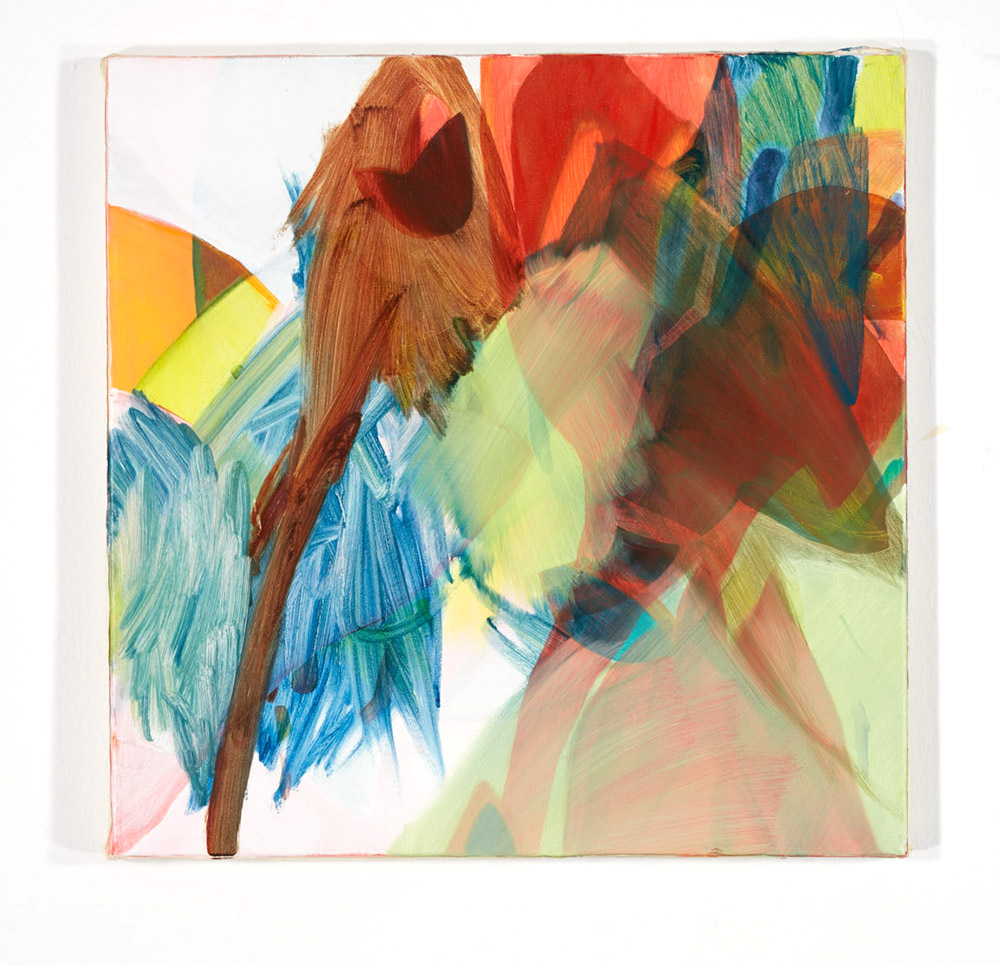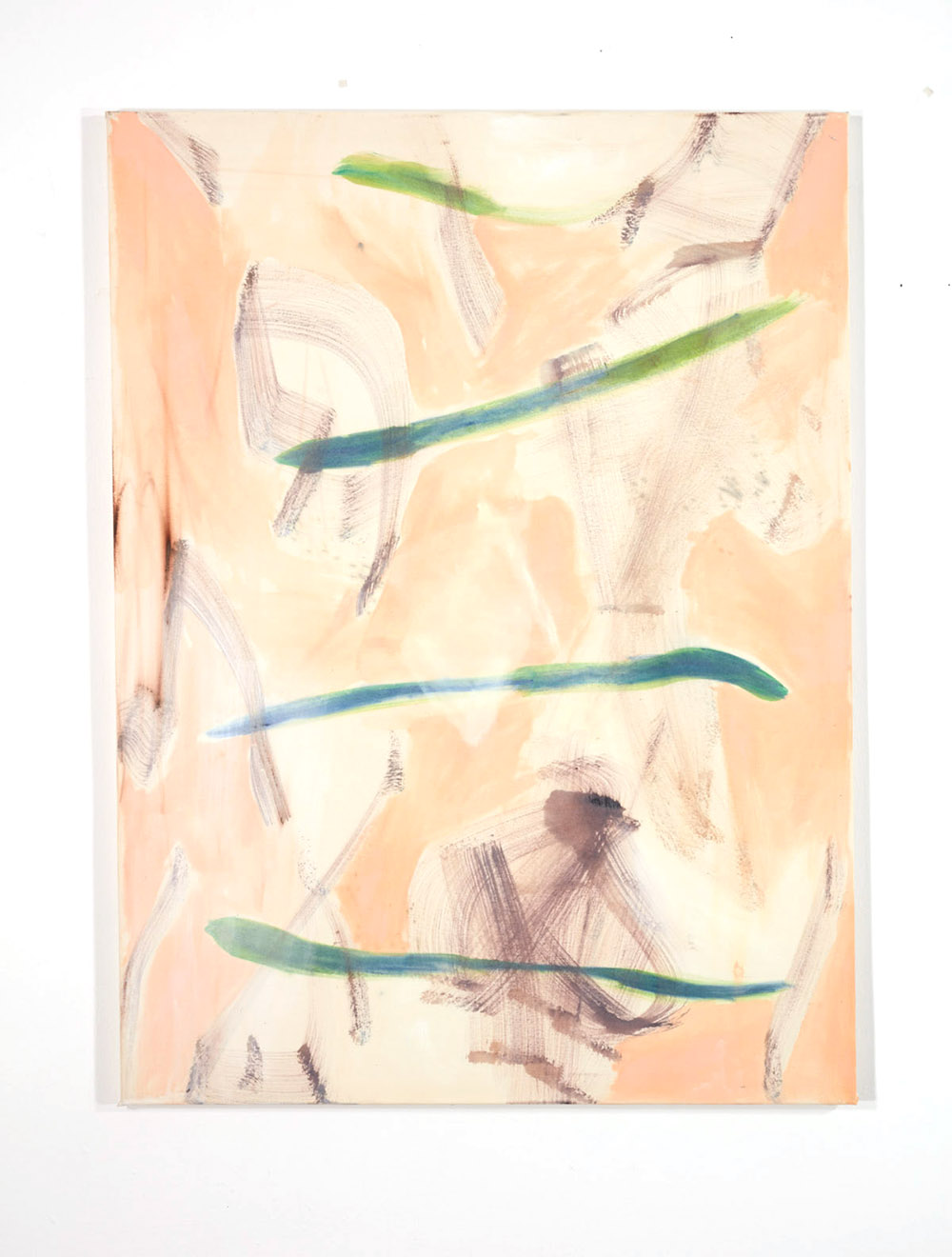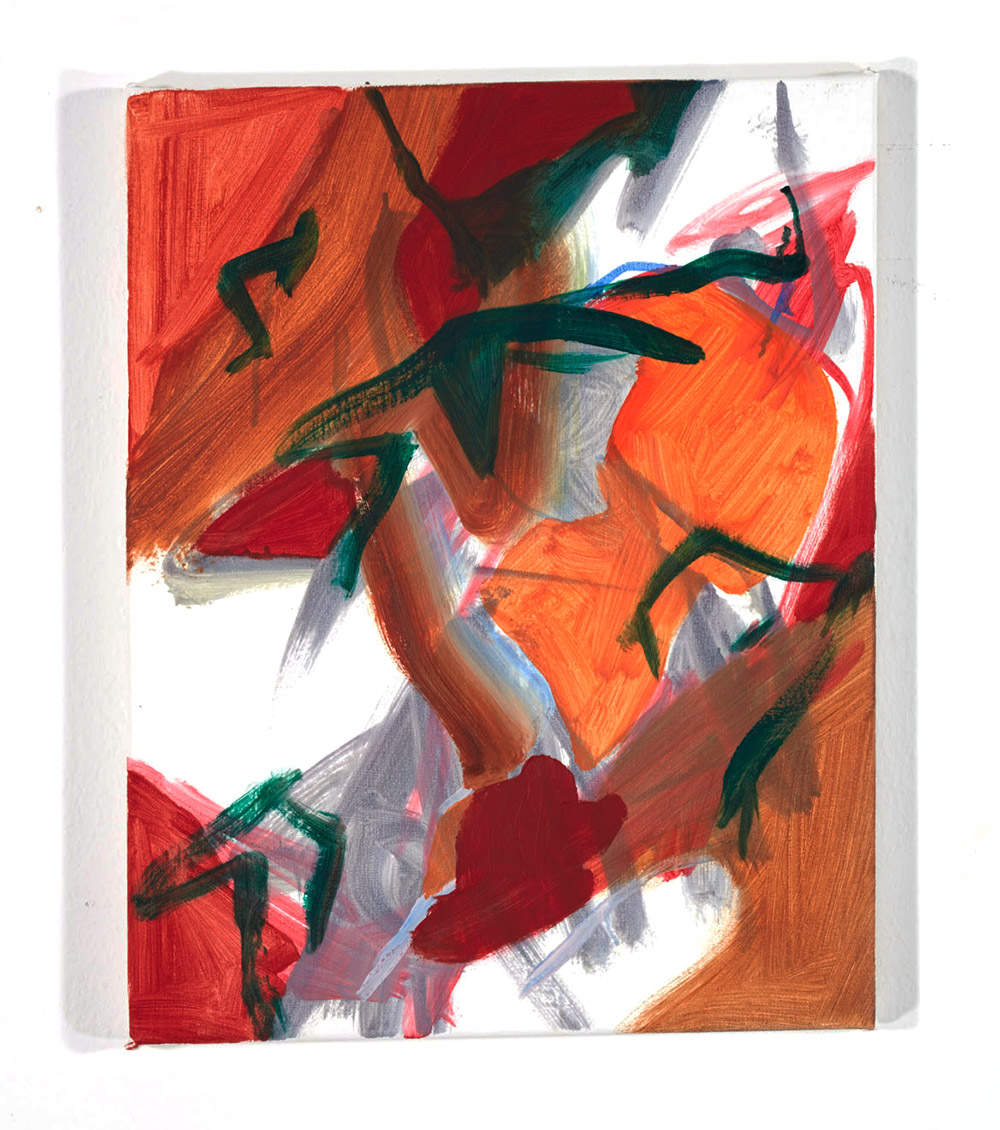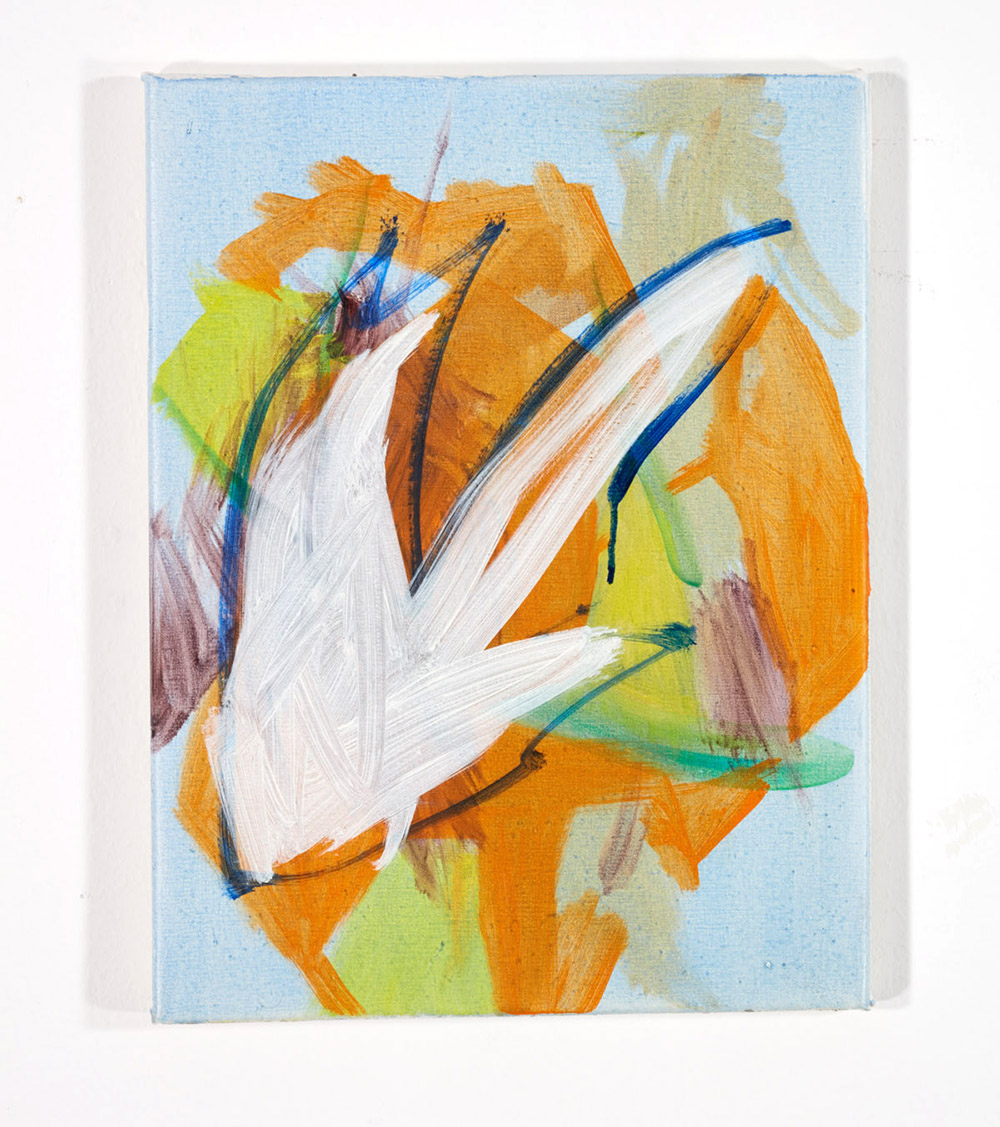HOW I MOVE WHEN THE SUN SETS
Solo Exhibition at Plateau, Vienna
September 2024
this project was kindly supported by
Stadt Wien Kultur, Bmkoes, and Bezirkskultur Alsergrund
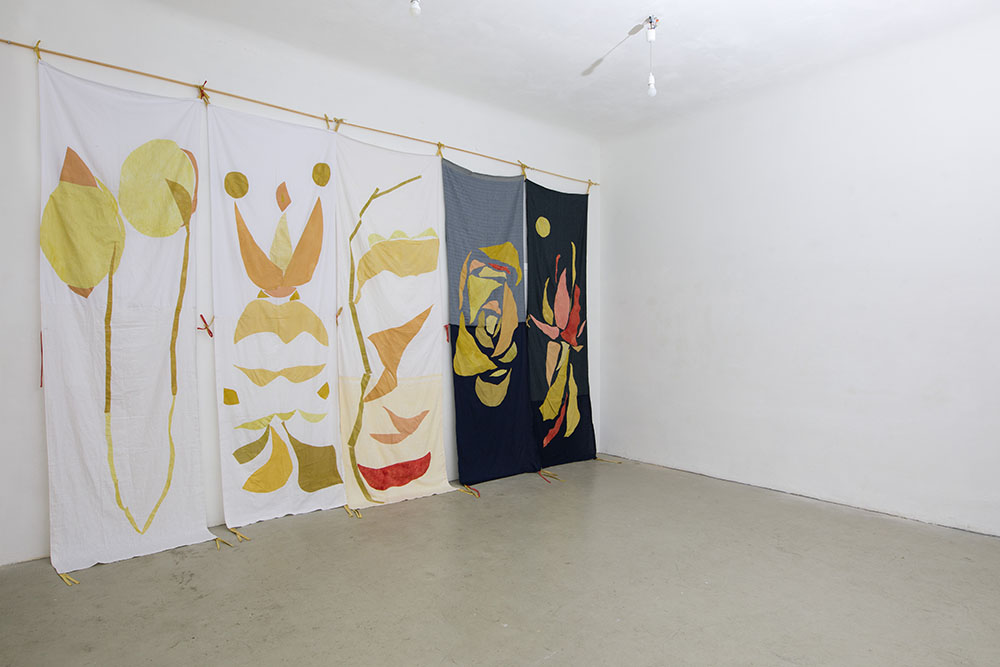
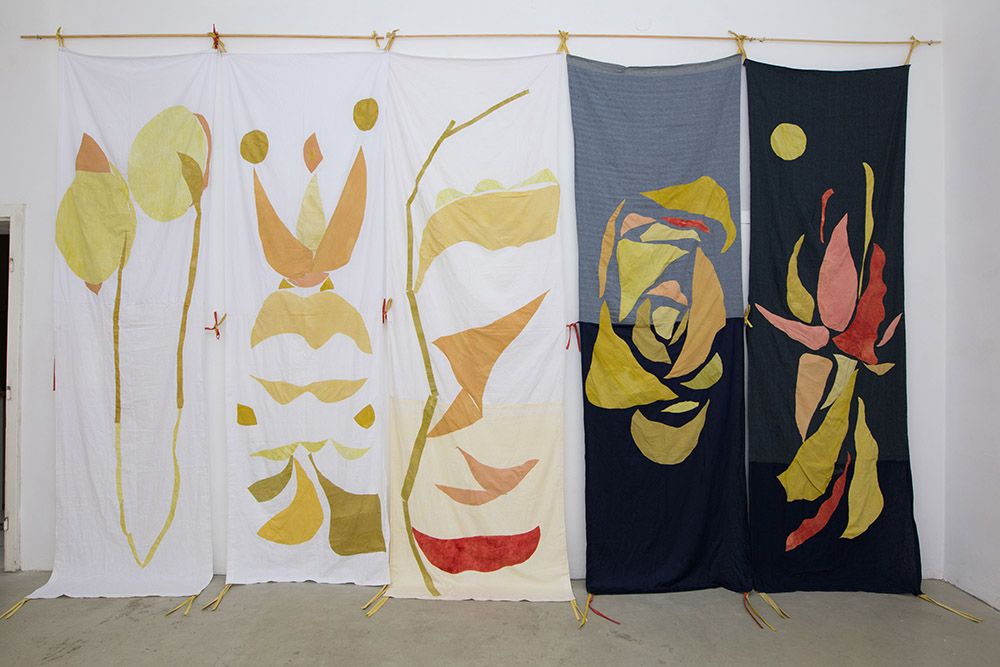
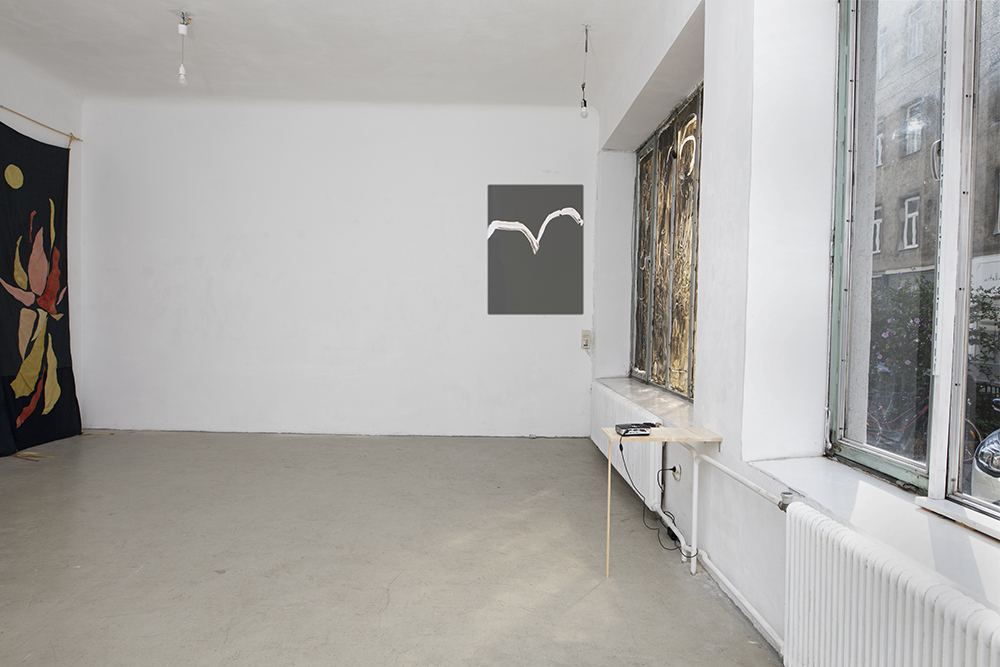
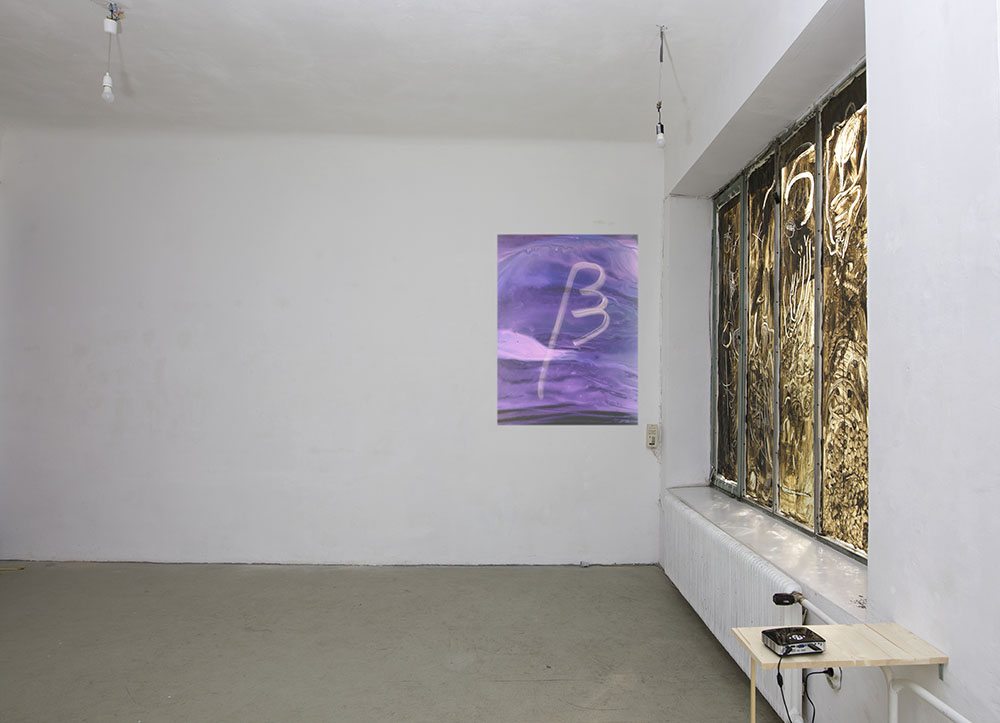
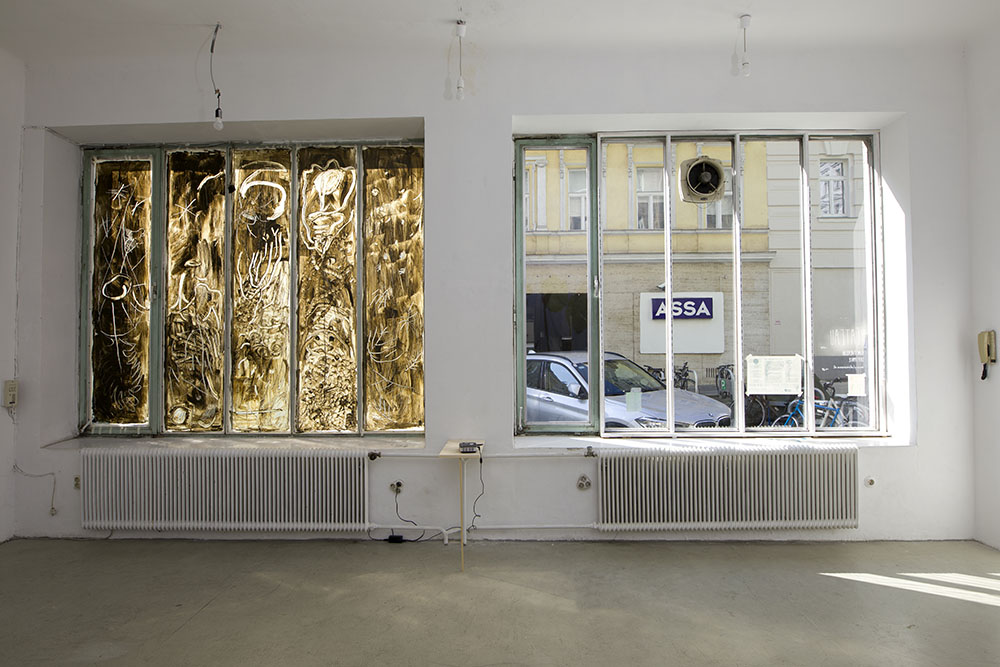
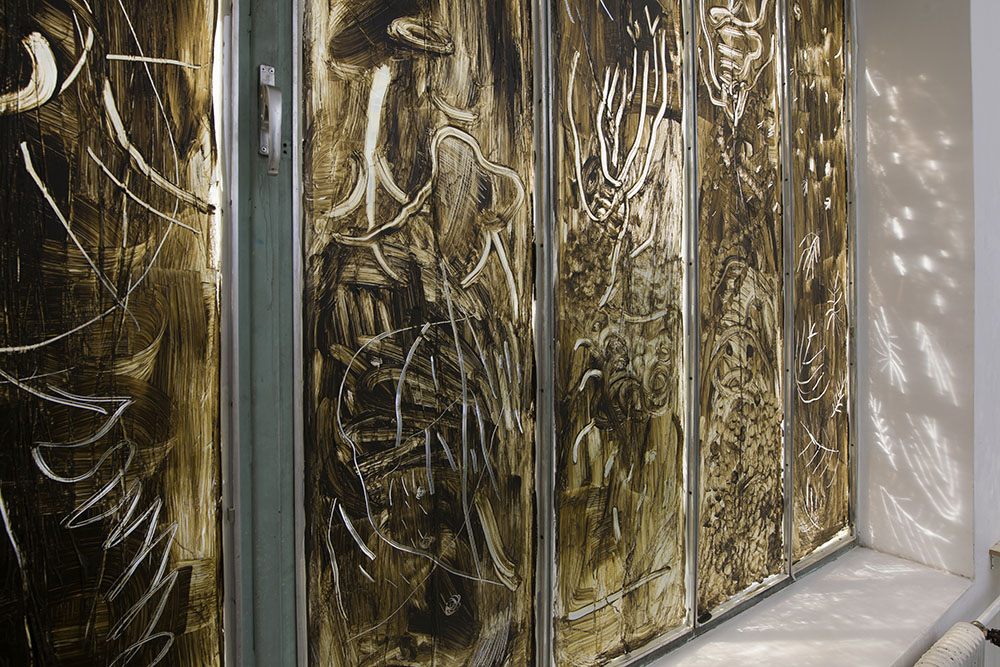
© Julia Varkonyi
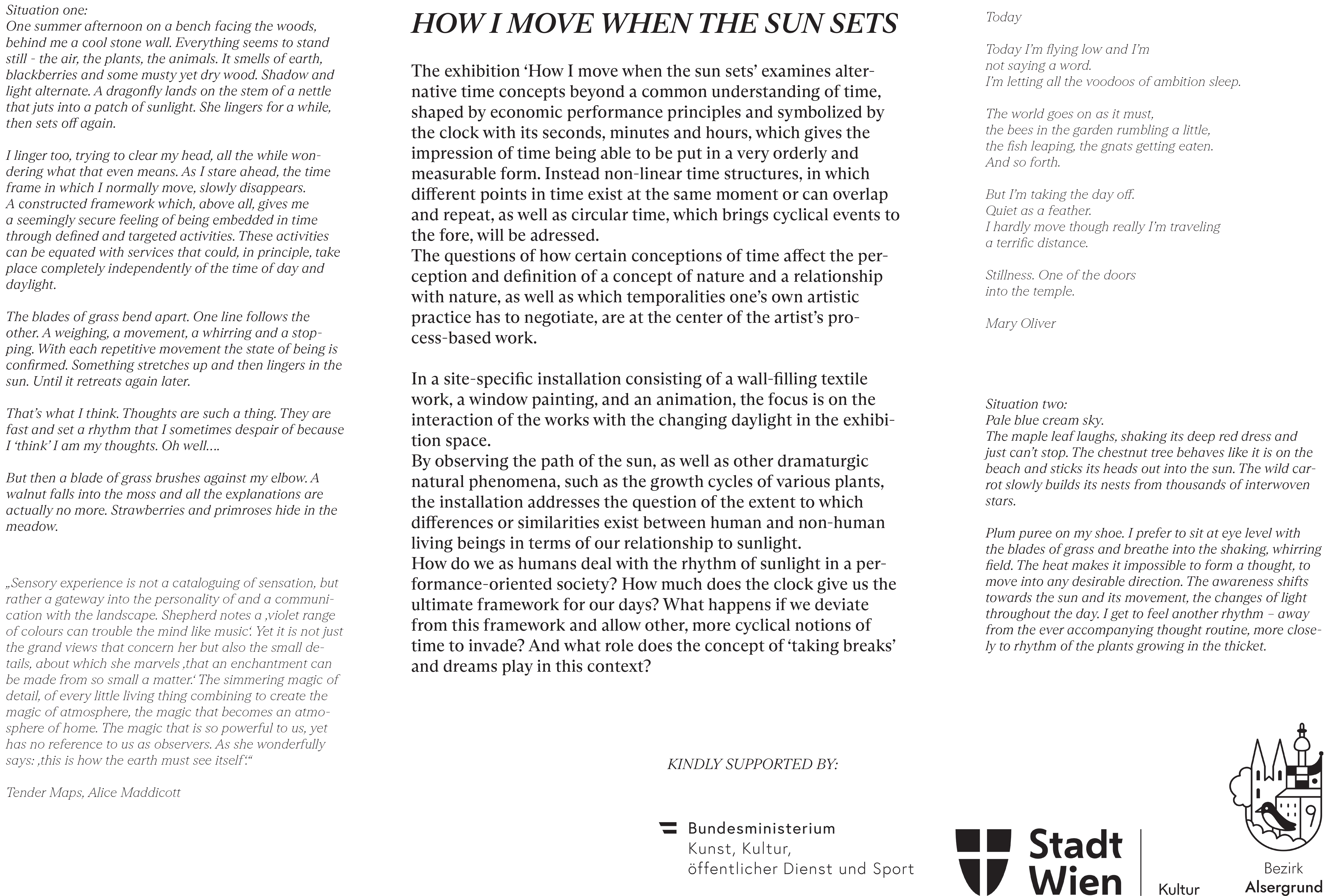
DELICATE SPACES OF BEING IN AWE
Solo Exhibition at sternstudio, Vienna
March 2024
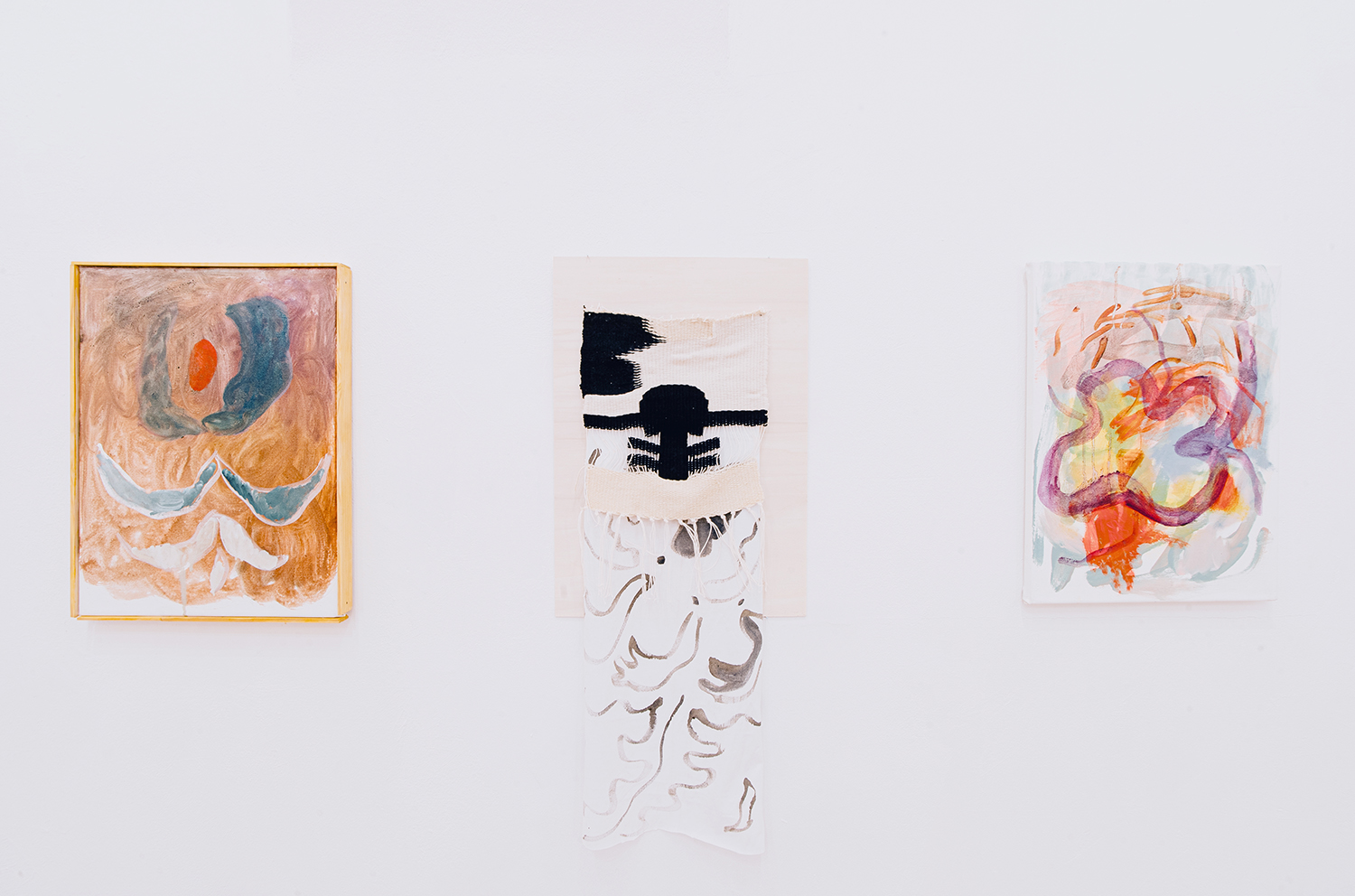
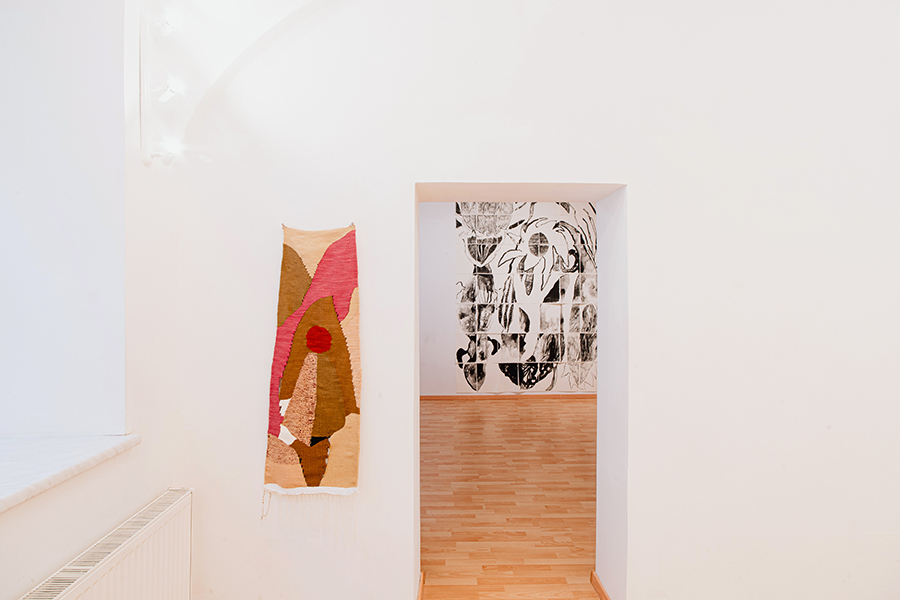
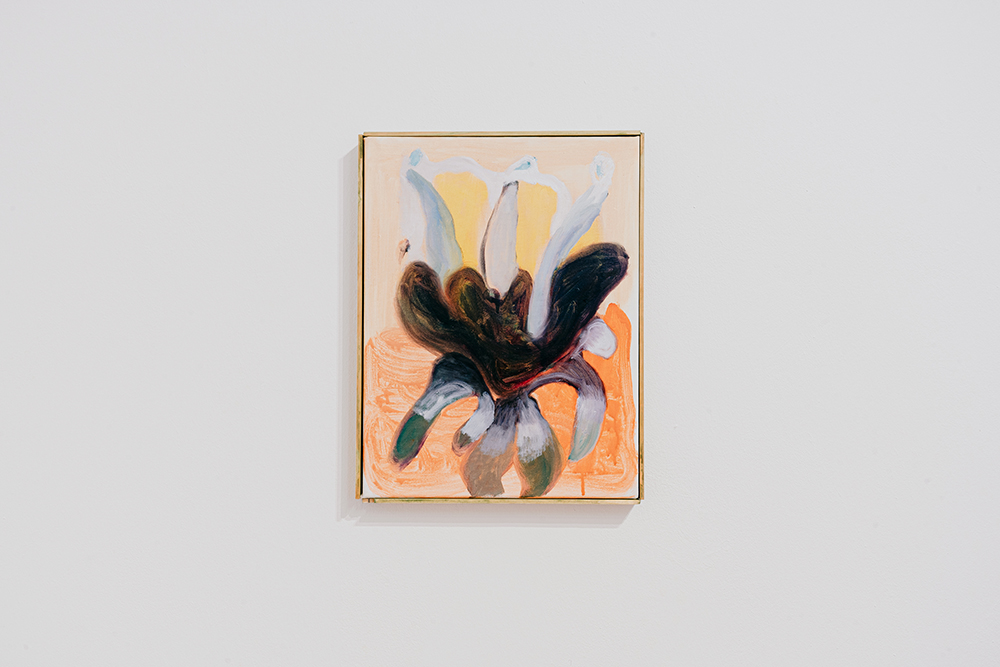
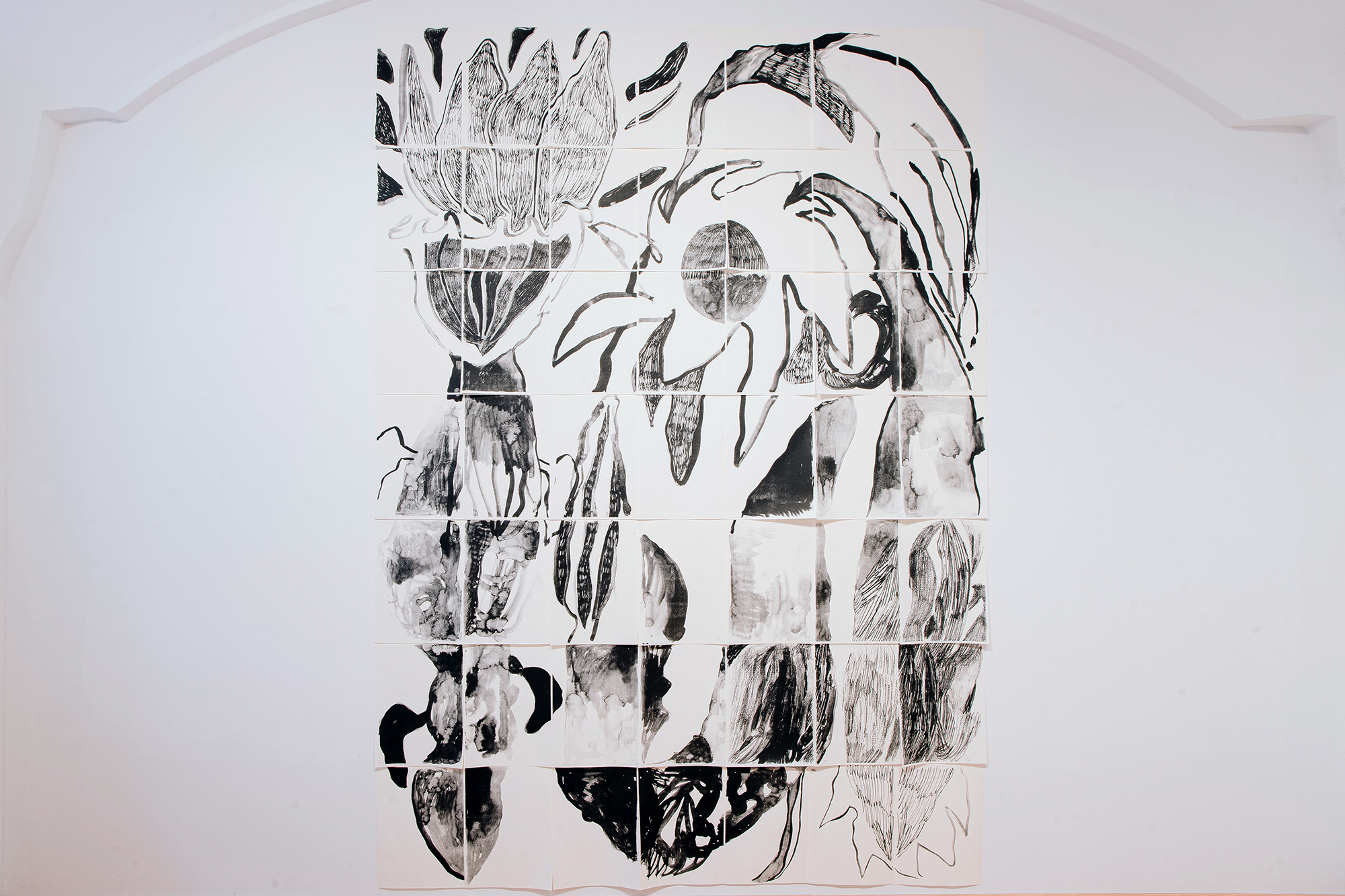
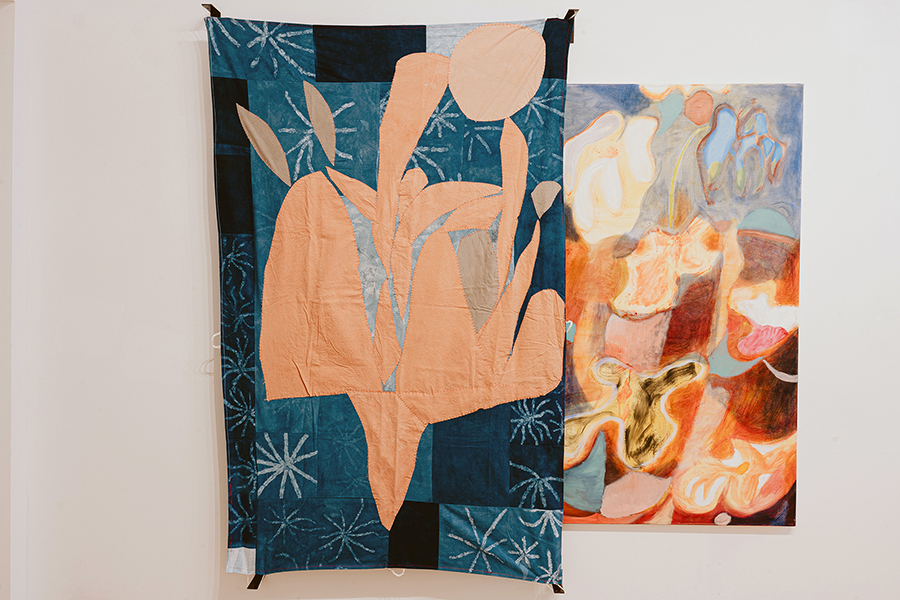
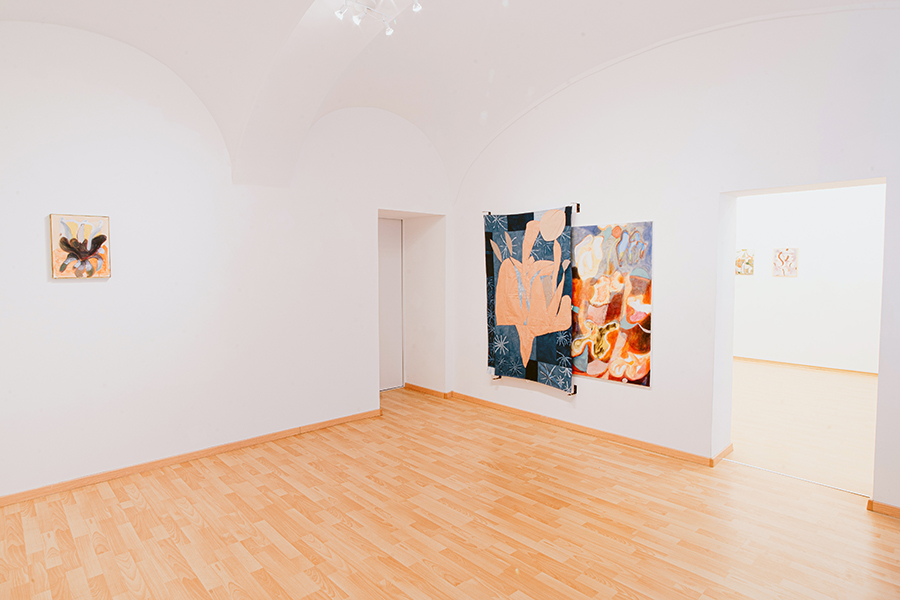
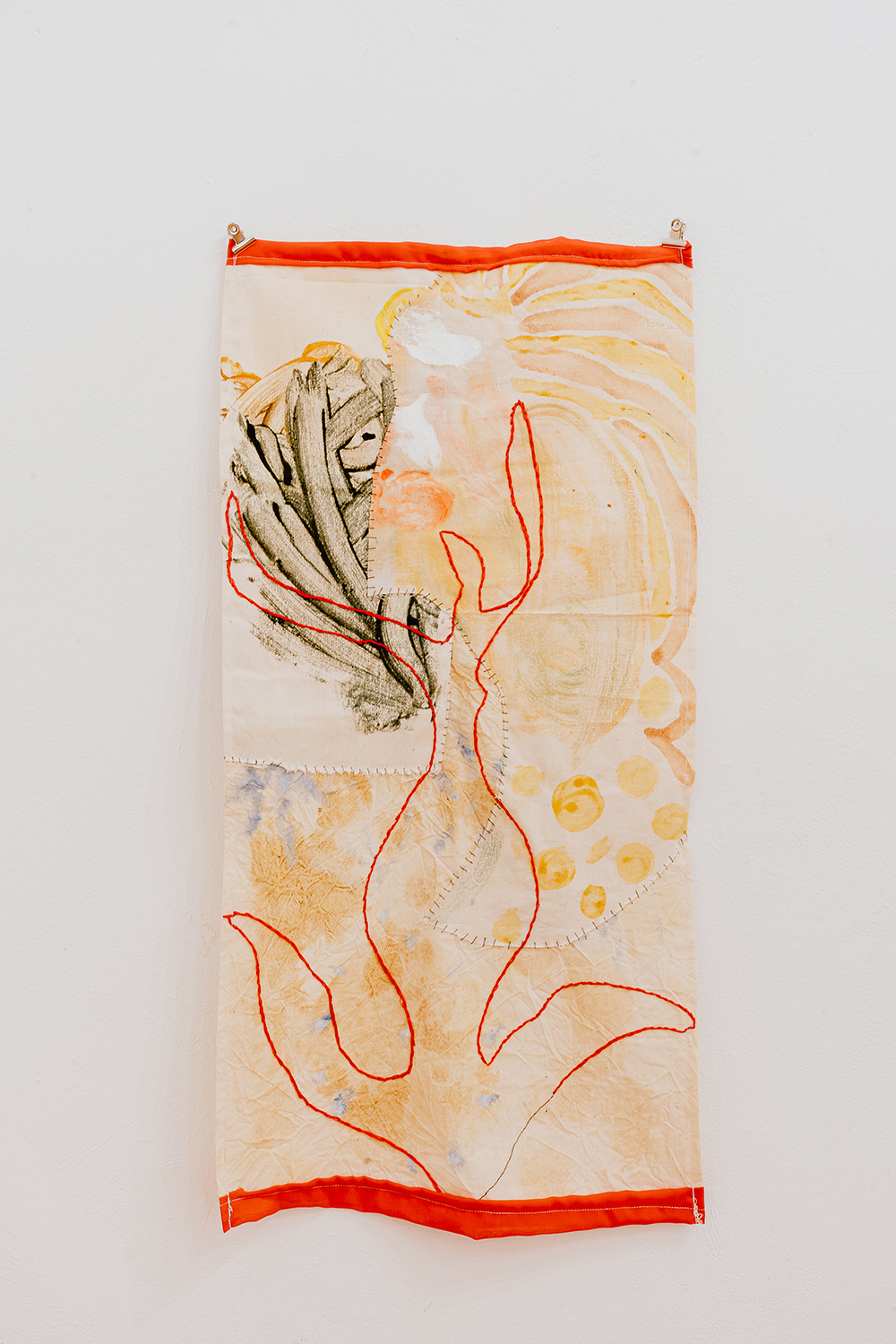
©Yuki Gaderer
and the moment of enchantment that these encounters can hold.
Enchantment, or the perception of beauty, opens up a relational space between humans and plants.
A reciprocal dialogue with something so different than human begins -
it allows one to reflect on one's own position, uncovers stories, formulates questions.
What can I learn from a plant, what does it reflect to me about my own behavior?
What happens when I focus my attention on this specific space - how is it realized, on what levels is it perceivable, negotiable?
How can we learn to understand a language of plants?
Looking at plants can bring about transformations in one's thoughts and feelings.
Or in physical conditions, for example when they are used as companions in healing processes.
They are everywhere: on the windowsill, on the plate, along the edge of the sidewalk.
And as a motif on textiles – embroidered, printed, painted.
In paintings in the background and foreground.
Their presentation varies, sometimes very schematic, decorative, other times aimed at scientific accuracy.
So people like flowers, and yet there is often something so casual and natural about this relationship.
How can the narrative be changed, how can plants be brought into the picture as protagonists?
In a series of paintings and tapestries, the artist Dunja Krcek shows imaginary worlds of plants,
some of which are based on plants from their immediate environment or are inspired by decorative and scientific depictions of plants,
such as those found in fabric samples from the Wiener Werkstätte or botanical illustrations from the Voynich manuscript are.
The artist would like to draw attention to plant biodiversity in an urban context,
make correspondences with plants visible,
and offer a space in which discourses about the dignity and rights of non-human life forms with regard to climate change can be addressed.
The aim is to show the closeness between people and plants in a playful way, which,
precisely because it is always present, also means a great distance from something strange.
RIVULETS
Duo Exhibition with Veronika Abigail Beringer
Engi, Ísafjörður, Iceland
2023
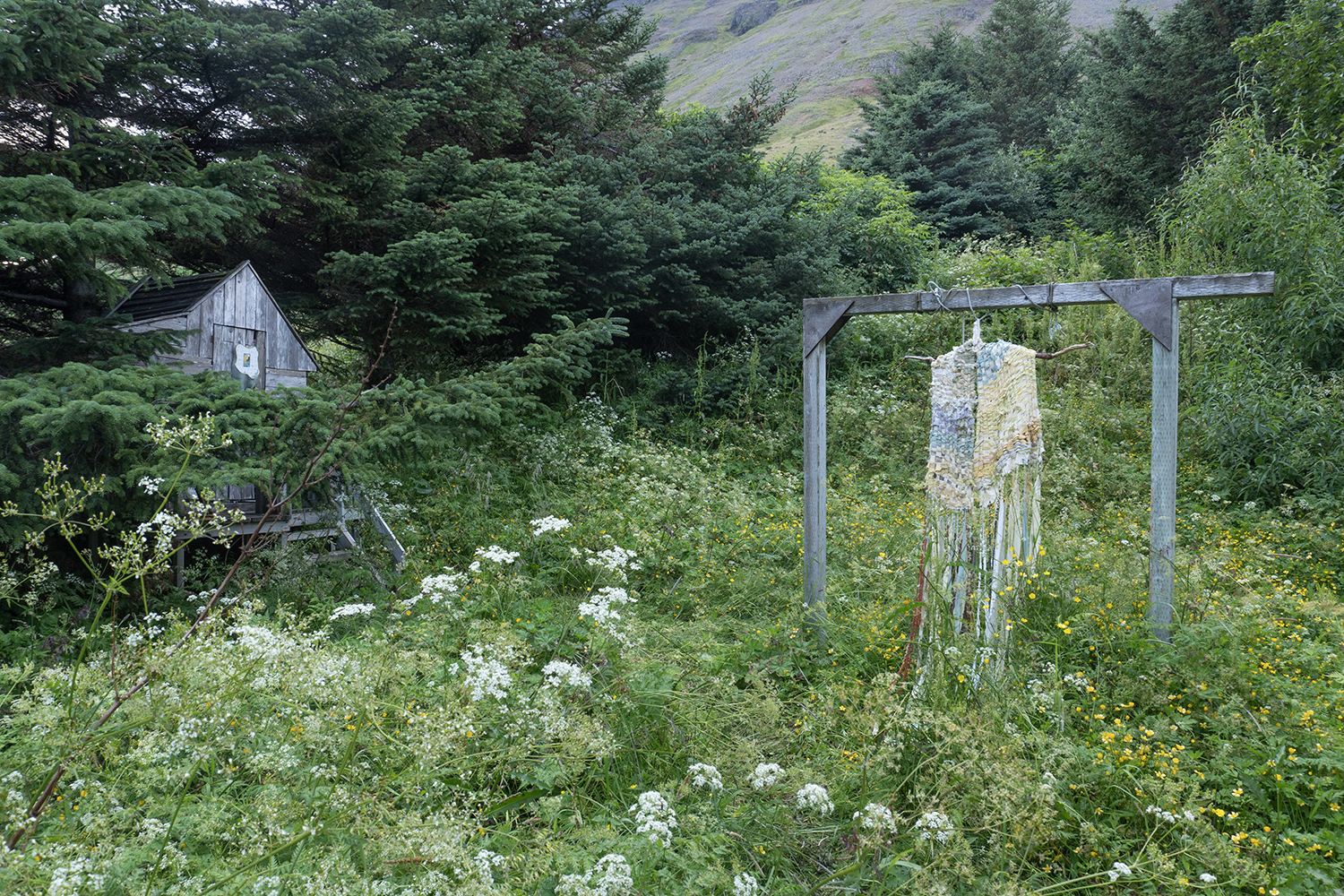
Rivulets, Installation View, 2023, Engi, Ísafjörður (Iceland)
In their joint exhibition Rivulets Veronika and Dunja are telling stories from the many riverbeds and streams which are shaping the fjord’s landscape around Isafjördur. Their different engagements with water as a connecting element will lead from swamps to absorbing mosses, from hydrated flowers to resting your feet in the sea.
Interested in the poetical aspects of the landscape, they both pursue images or imaginations which are noticed through allowing yourself to slow down and entering states of vagueness and fluidity, like stepping on the grounds of wetlands with their uncertain firmness or considering spaces of in-between when interacting with plants.
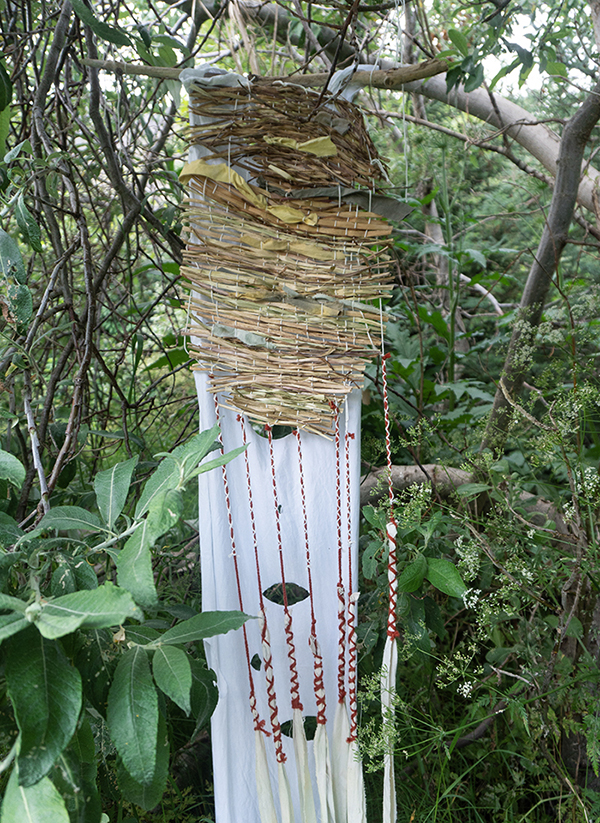
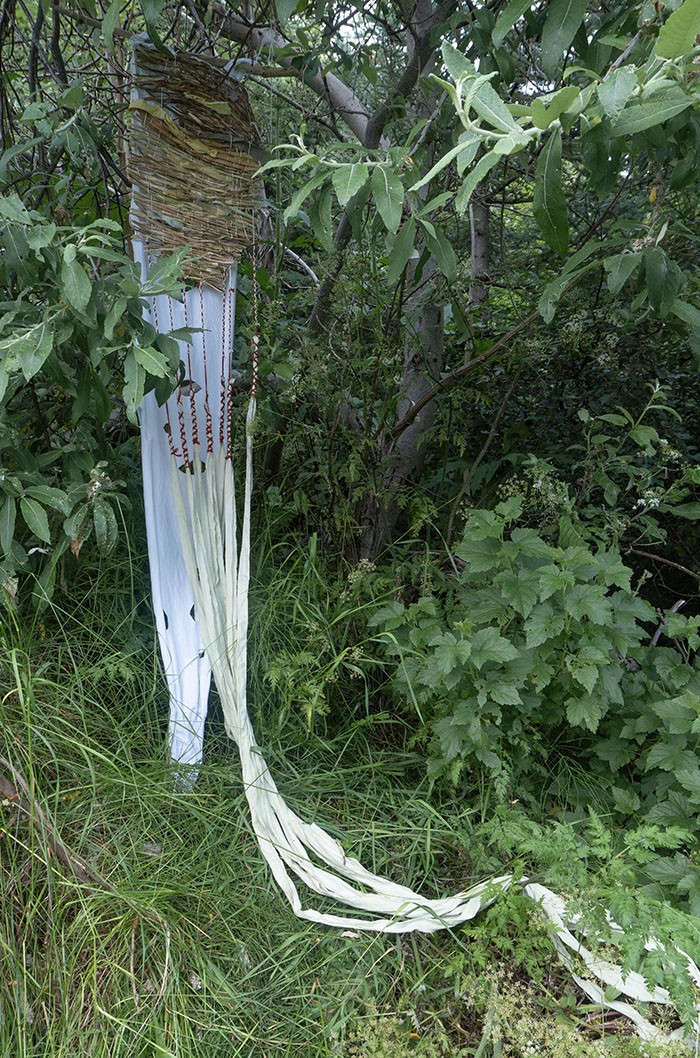
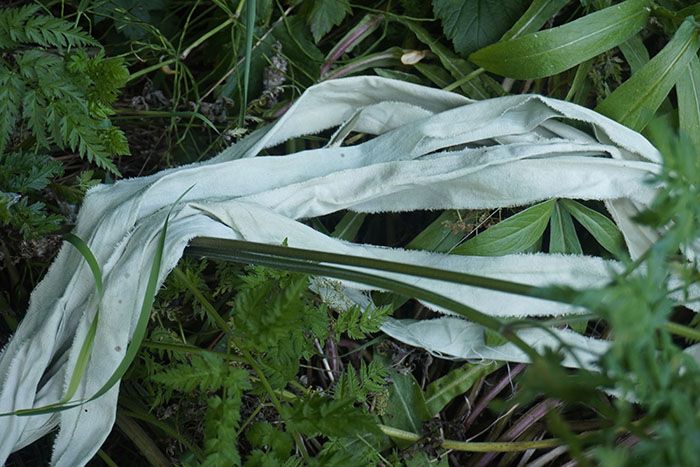
Fair Little Friends - Hydrated Dandelion Desire, 2023
dried and woven dandelion stems, cotton-fiber-stripes dyed with lupins, wool
Dunja Krcek
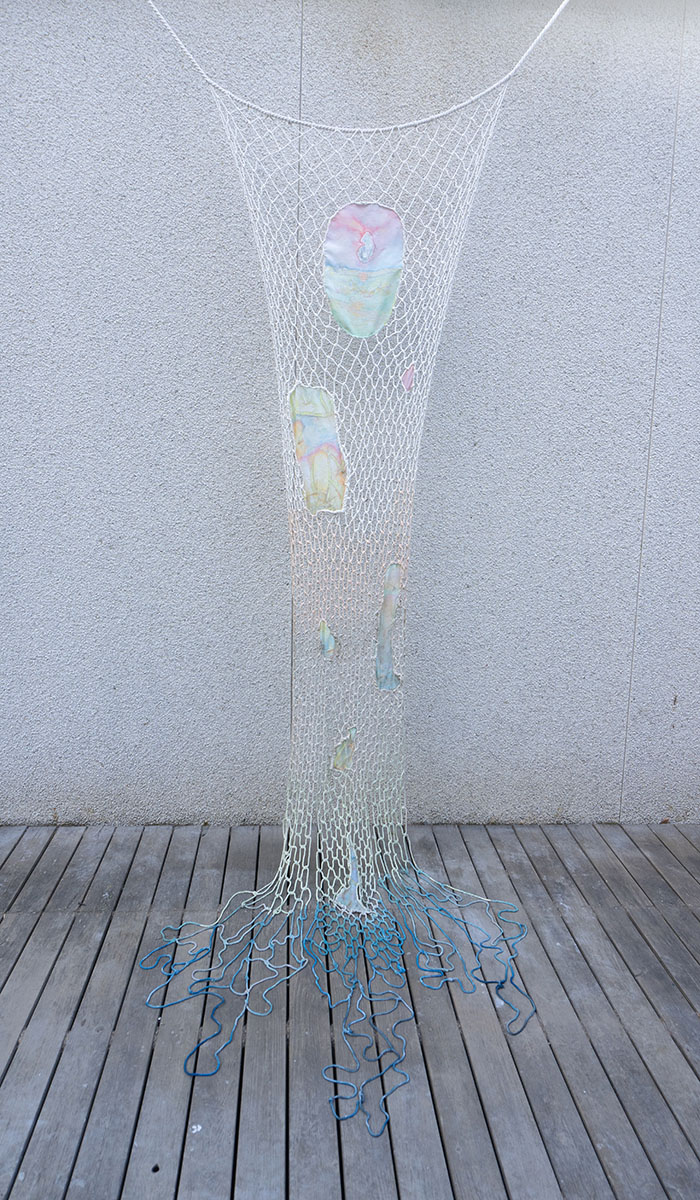
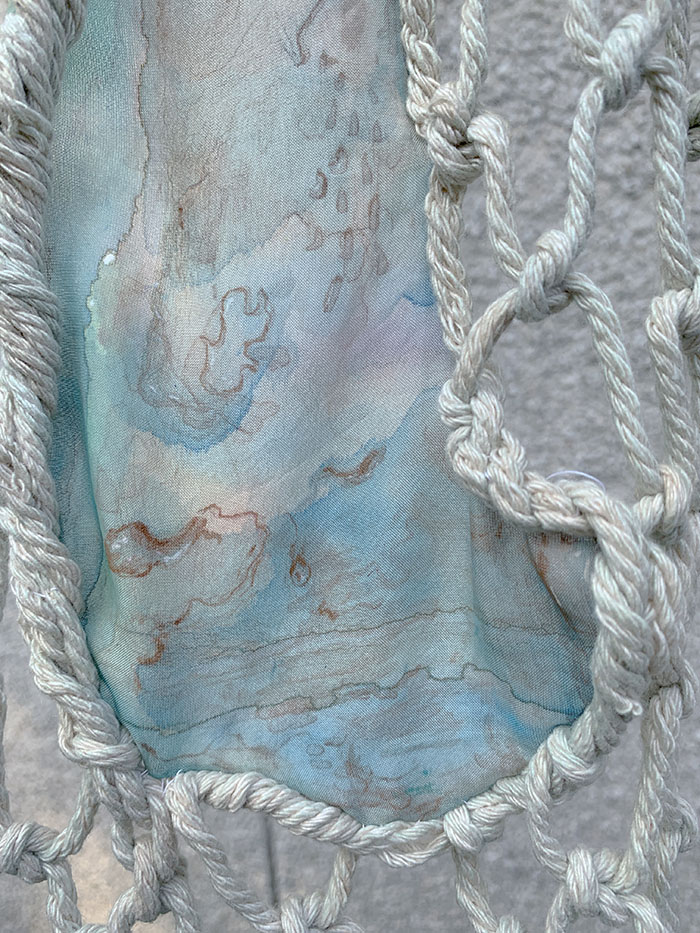
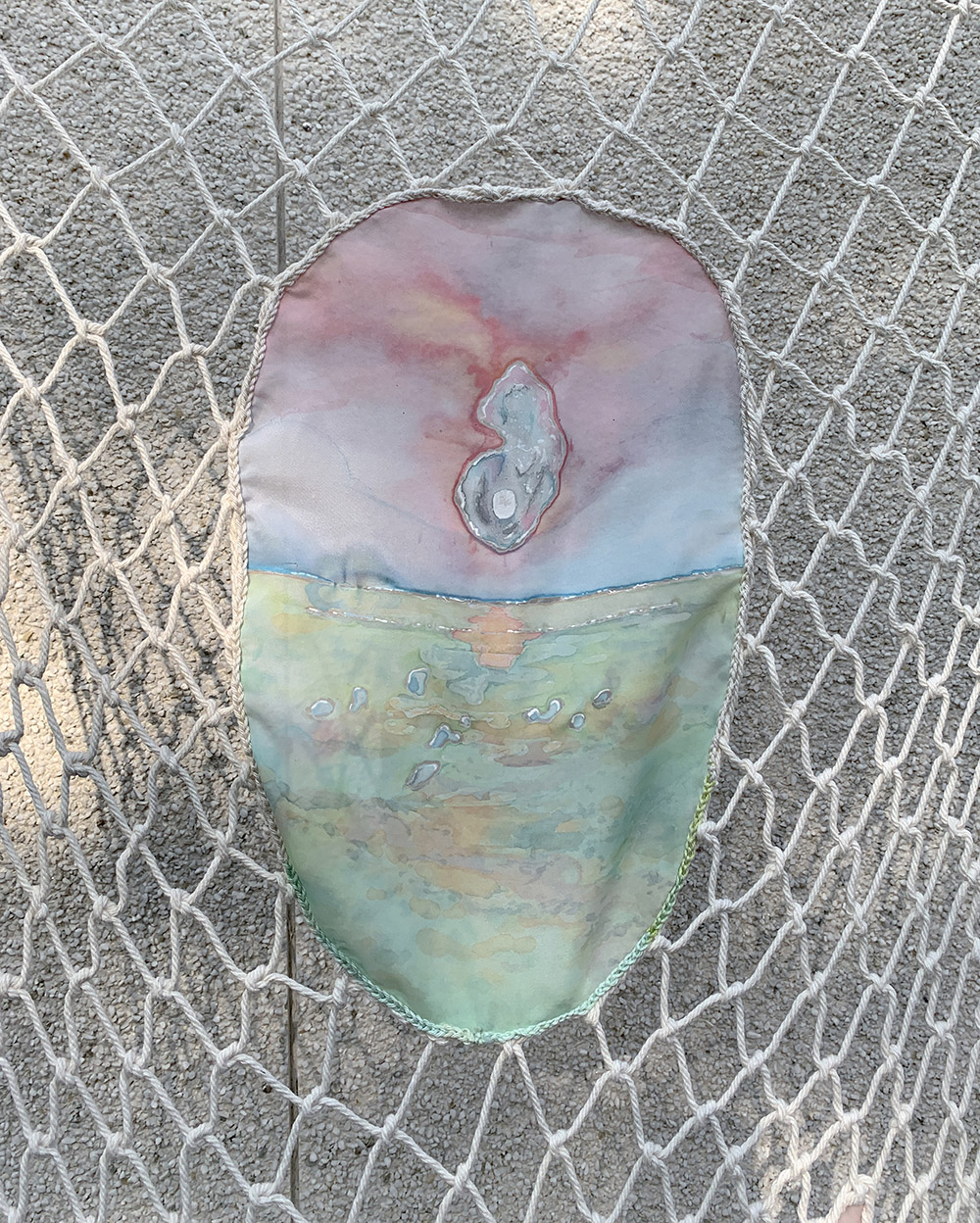
Sternenrotz, 2023
cotton thread, silk, silkpaint, iron bacteria pigment and ink
Veronika Abigail Beringer

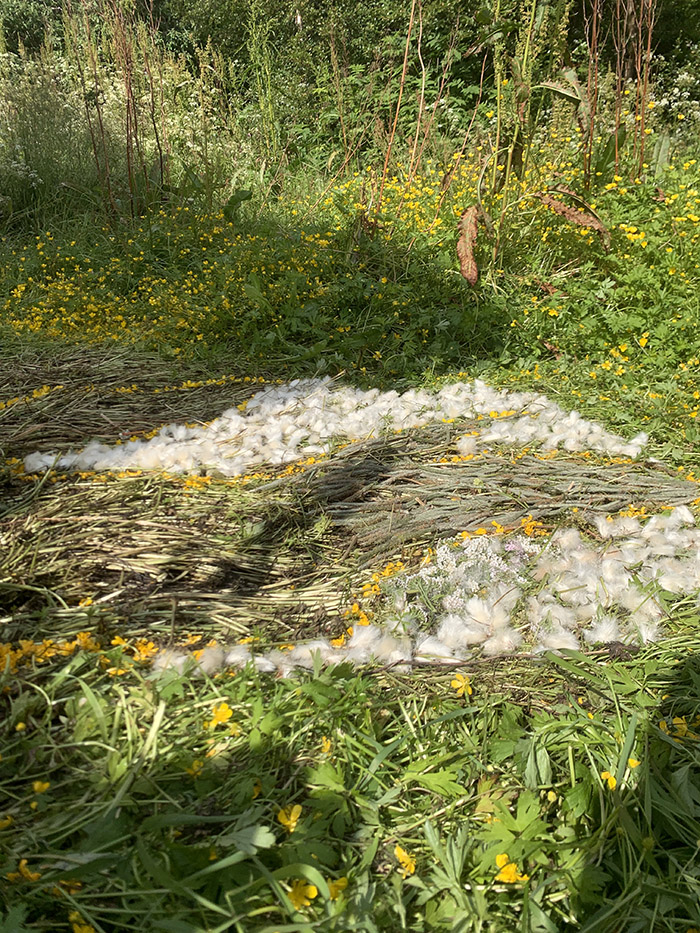
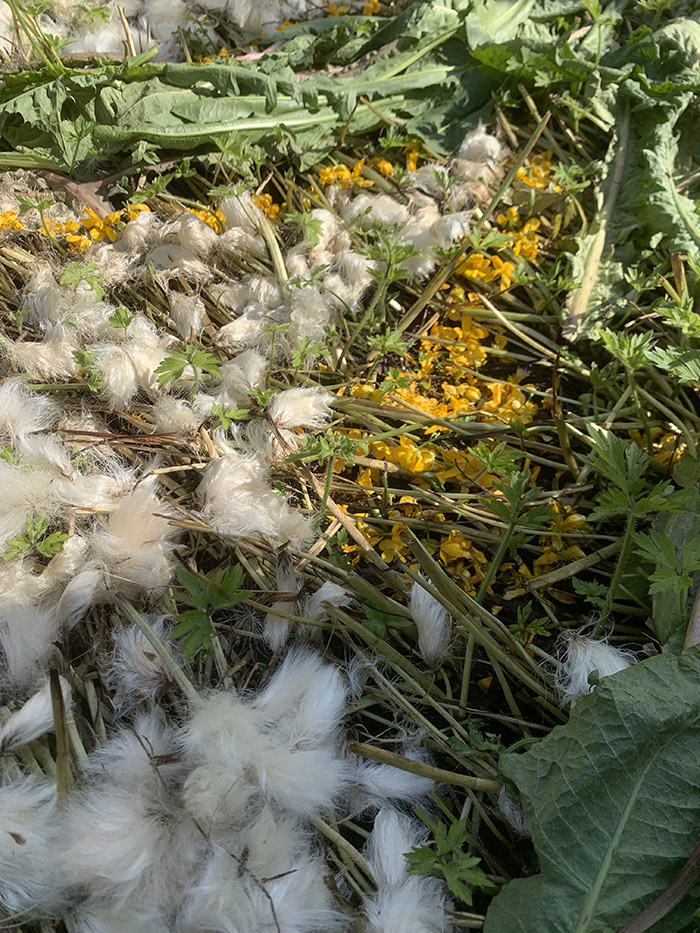
Fair Little Friends - Resting with Cotton Grass, 2023
cotton grass, lady’s mantle, ranunculus, dandelion leaves
Dunja Krcek
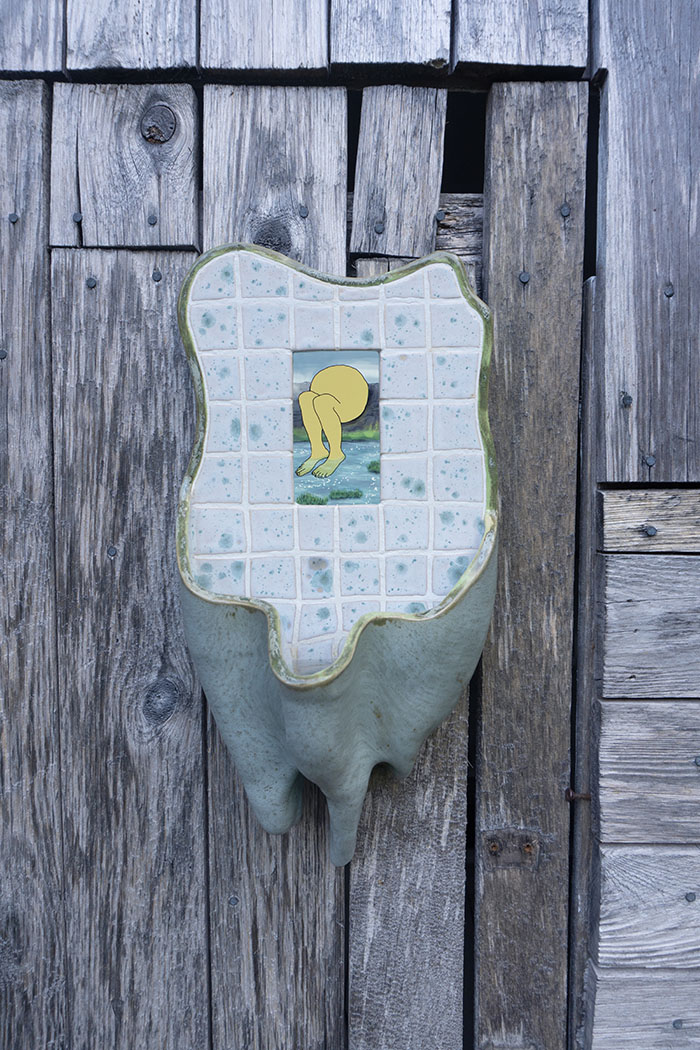
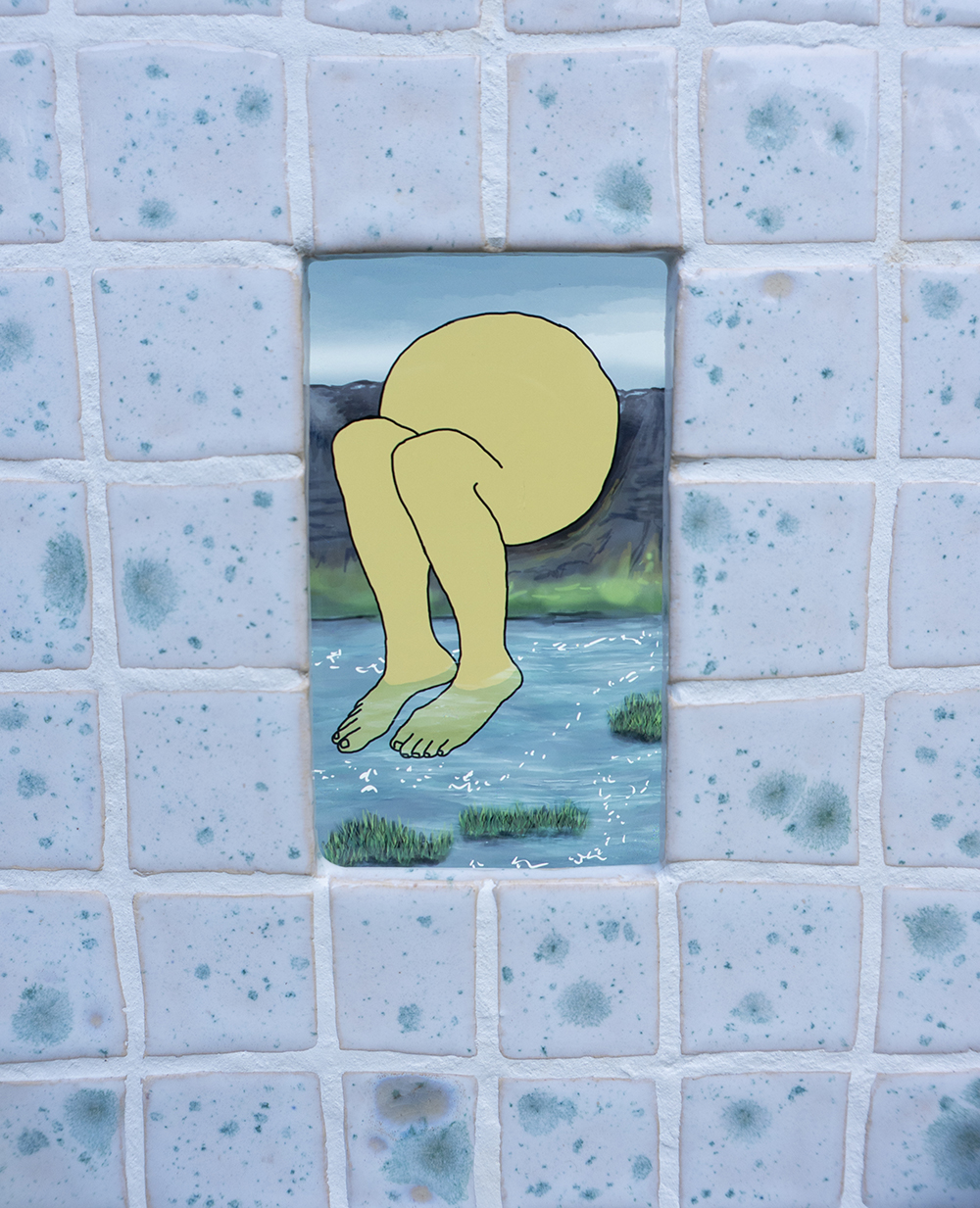
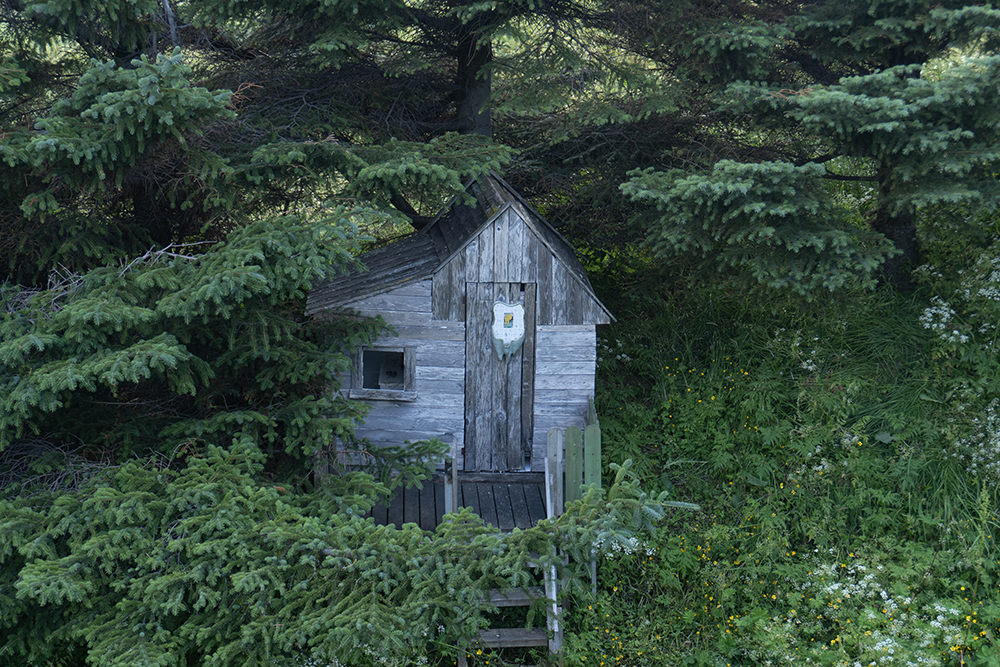
Naustahvilt, 2023
glazed stoneware, water, PETG and animation on smartphone
Veronika Abigail Beringer
The ceramic piece — inspired and named after the folktale „Naustahvilft“ — is an object made out of stoneware, which reminds of a stoup and the form of running liquid. It got a window,
which shows an animation on a smartphone of a round figure with legs, taking a foot-bath in a swampy looking landscape. The washbasin part of the object is filled with water.The story takes place at the mountain crate, which you can constantly see living at Engi.
It’s interesting how the troll apparently tried to hurry to get home before sunrise
and at the end was so fast, that she decided to take a rest.
This image of the resting figure in the mountain resonated very well with Veronika’s project’s subject of wetlands — connecting land and water, wet and dry.Swamps are being reflected as these (un)productive and “worthless” areas,
which can’t be monetised by humans, without being drained.
Although the swamp is crucial to our environment for creating fresh water and oxygen,
flood control and species richness, it is still considered „worthless“ in a capitalistic point of view.The piece reflects the swamp as a metaphor for our own (un)productivity.
How can periods of being unproductive and rather rest than being active change our practice?
Is it a form of rebellion against capitalism not to be productive all the time?
Can it even be possible in nature to be inactive — since everything is changing and shifting constantly?Veronika Abigail Beringer
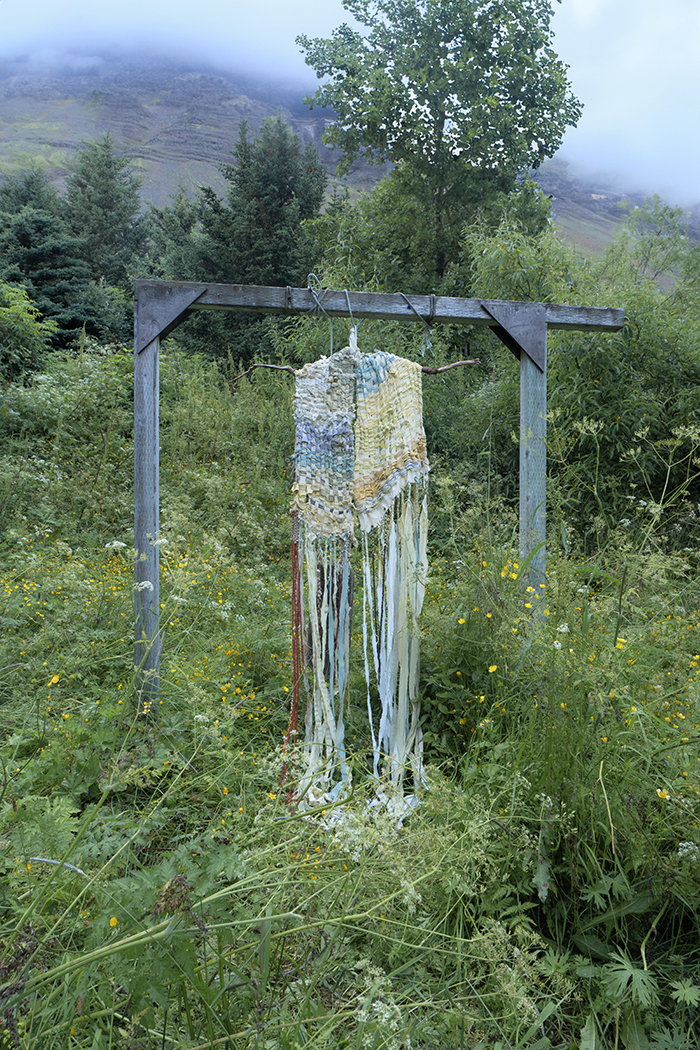
Fair Little Friends - Becoming
Moss, 2023
plant-dyed and woven cotton-fiber-stripes, wool
Dunja Krcek
Installation 'Fair Little Friends'
The site-specific installation Fair Little Friends includes three individual works which are connected to each other through pathways in an overgrown garden – two textile sculptures and one piece made entirely out of plant material.
It refers to the vegetal environment in Isafjördur, especially cushion flowers blooming all over the mountains throughout the summer. These small plants withstand the harsh weather conditions,
showing their brightest colors, no matter what.
Even though surrounded by various bodies of water (sea, rivers, waterfalls), plants often have a hard time to grow on mountains which suffer from erosion. As erosion can disrupt natural water flow patterns,
which leads to increased water runoff and reduced water retention in the soil, resulting in inadequate water availability for the plants. However, cushion flowers adapted to these conditions.
Through their compact way of growing they are creating their own micro climate to minimize water loss and other challenging factors.
Interested in the relational poetical space which opens up whilst interacting with a landscape,
and how following intuitional notions and images creates tacit knowledge that helps us to ground and trust ourselves in what we see, hear, taste and smell, I understand water as a gateway for interaction and communication with the plants, as it connects and runs through human as vegetal bodies.
Water is the carrier medium for potential narratives floating around when getting to know each other.
It allows me to build a friendship with these plants along the way.
In creating a fluid space for correspondence with the cushion flowers through breathing, drinking herb teas and repeatedly extracting plant pigments into liquids to then again let fibers absorb the liquid substance, the process of making the sculpture becomes an interplay of moistured and dry states,
creating loopholes for prefixed thinking patterns and anthropocentric definitions regarding the term nature.
The work is made out of interwoven plant-dyed textiles, strings from dried out dandelion stems, dried flowers and wool. Displayed outdoors – in the garden of Engi – Fair Little Friends
becomes a platform for reciprocal dialogue. Anlongside the installation a tea bar made with local foraged plants invites visitors to connect with the flowers even further, entering the space of fluidity.
Dunja Krcek
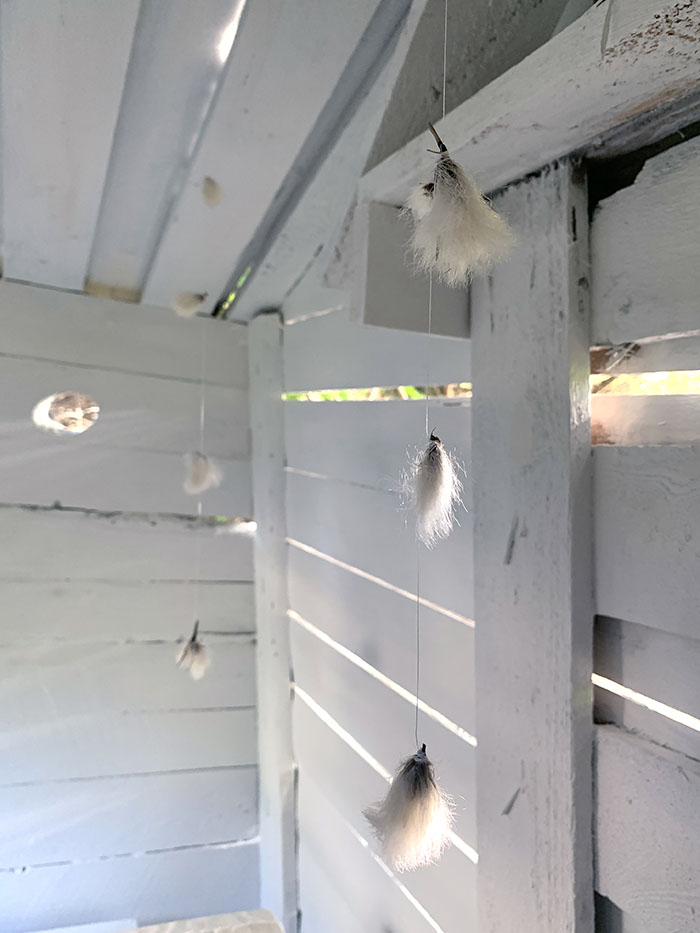
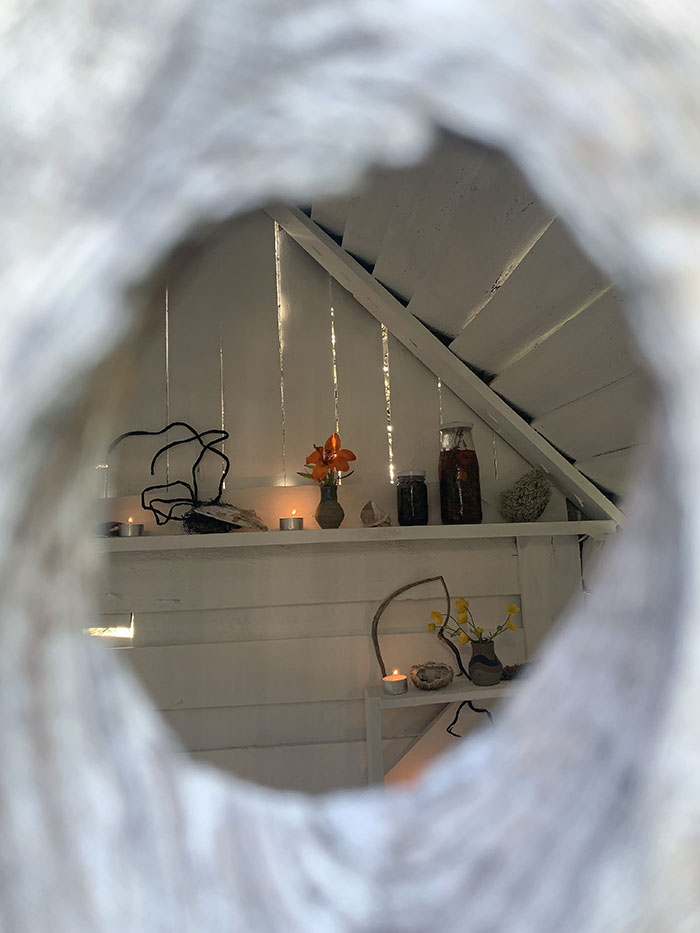
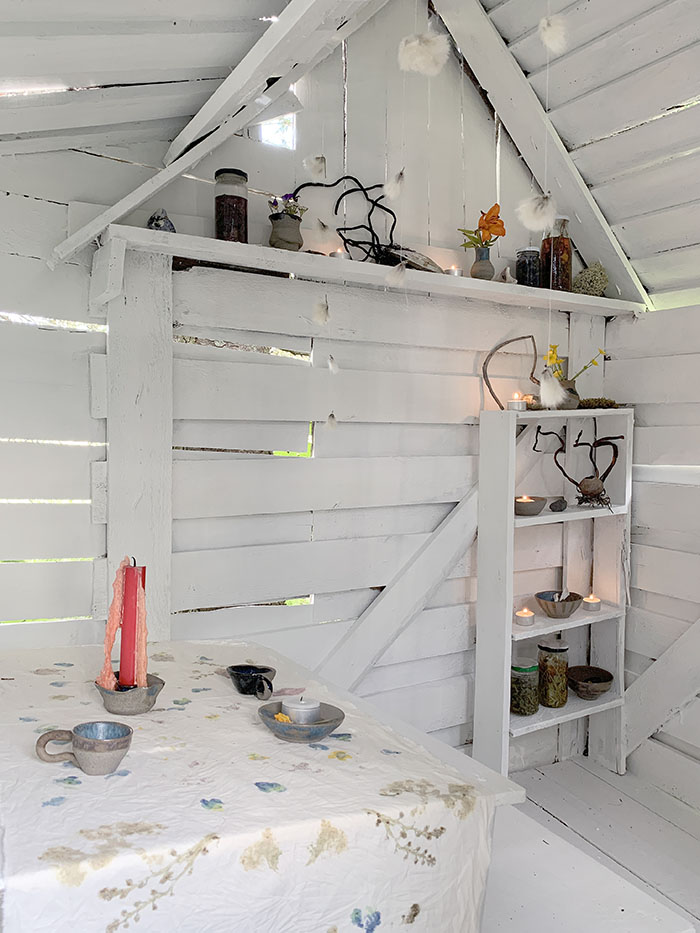
Rivulets House, 2023
cotton grass, glazed stoneware, plants, shells,
candles, glasses with liquids, flower printed fabric
Installation
by Dunja Krcek and Veronika Beringer
©
All Pictures taken by Veronika Abigail Beringer
With kind support by the Federal Ministry for Arts and Culture, the Cultural Department of Lower Austria and the European Union (Culture Moves Europe).
This work was produced with the financial assistance of the European Union. The views expressed herein can in no way be taken to reflect the official opinion of the European Union.
OBSERVATORIUM
koyne group exhibition
together with Sofia Magdits, Sadet Anton Aleksanteri Hirsimäki, Kira Leskinen, Paola Torres Nunez del Prado, Antonio Paucar
Maatila Project Space, Helsinki
2023
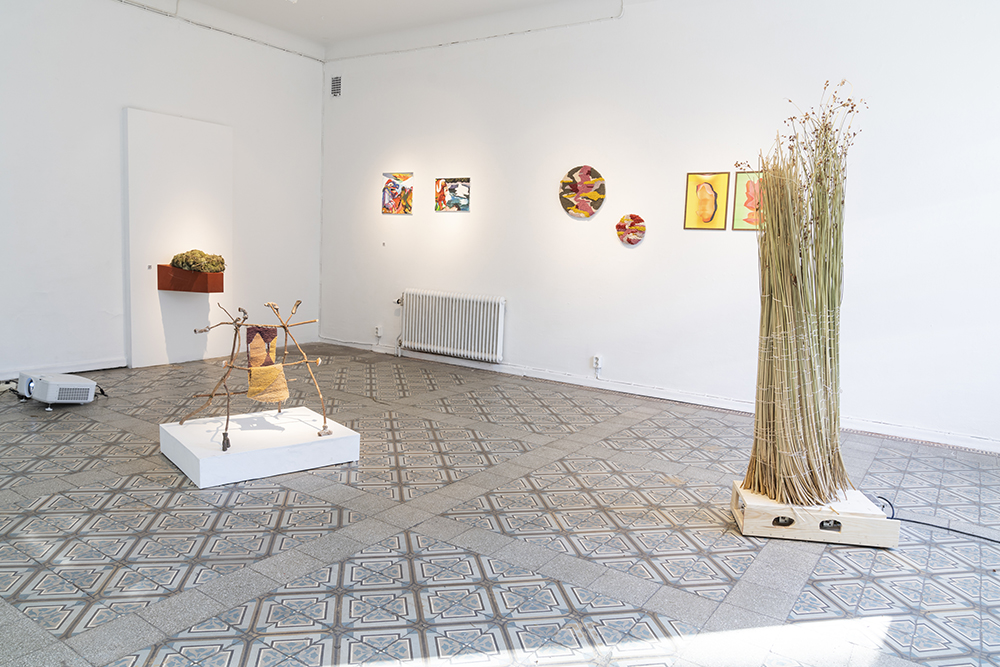
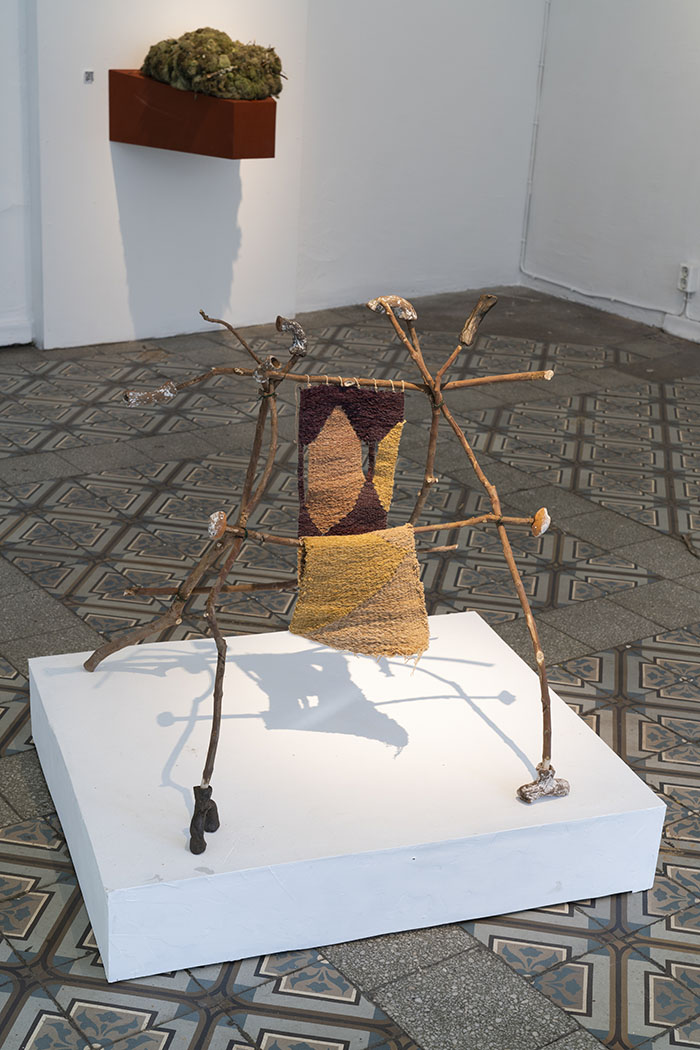

©Koyne Program / Ella Tommila
THINKING WITH MOUNTAINS
Wateralien
site specific installation
at GoctaLab, Peru, 2022
as part of the koyne circuit programme
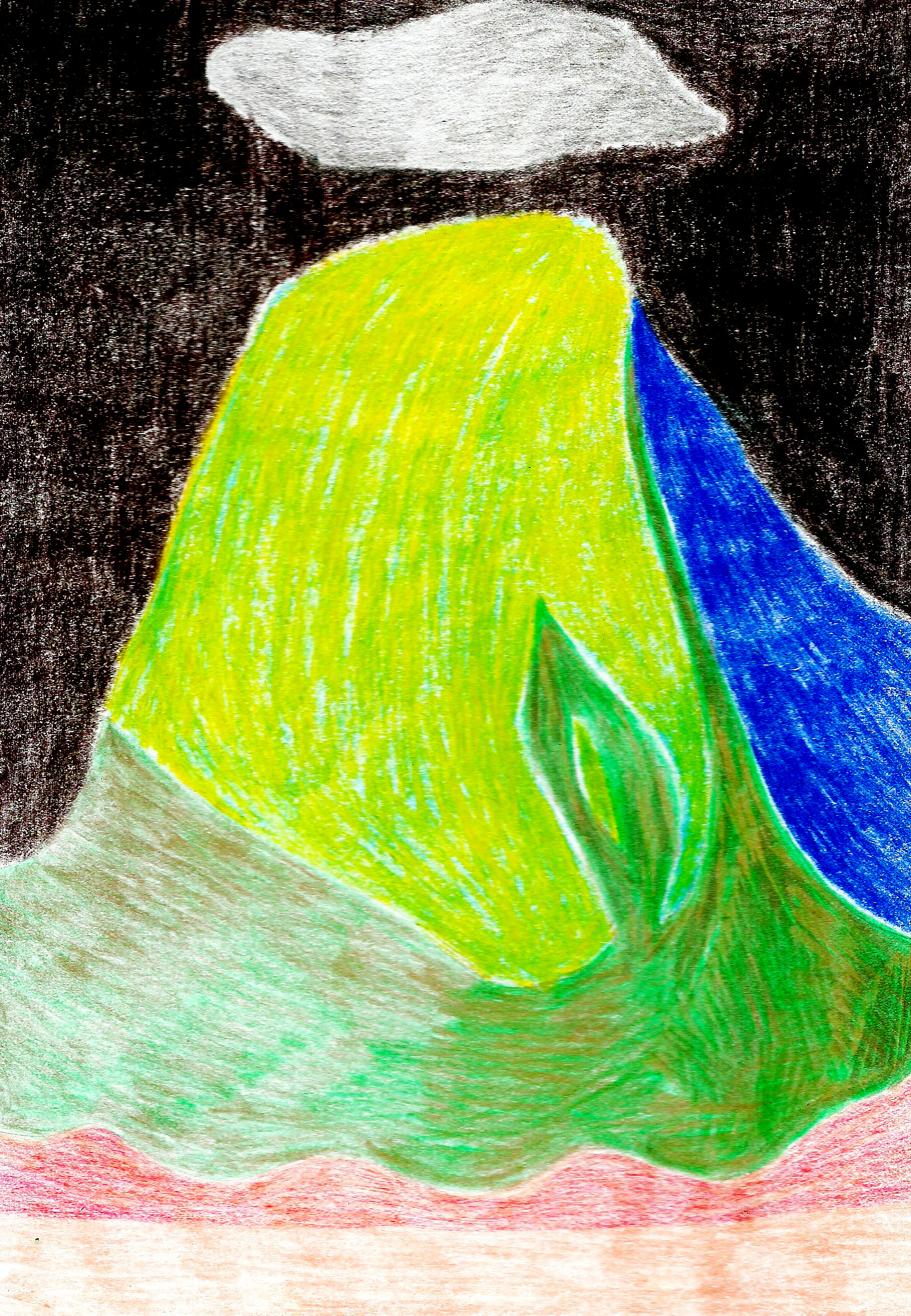
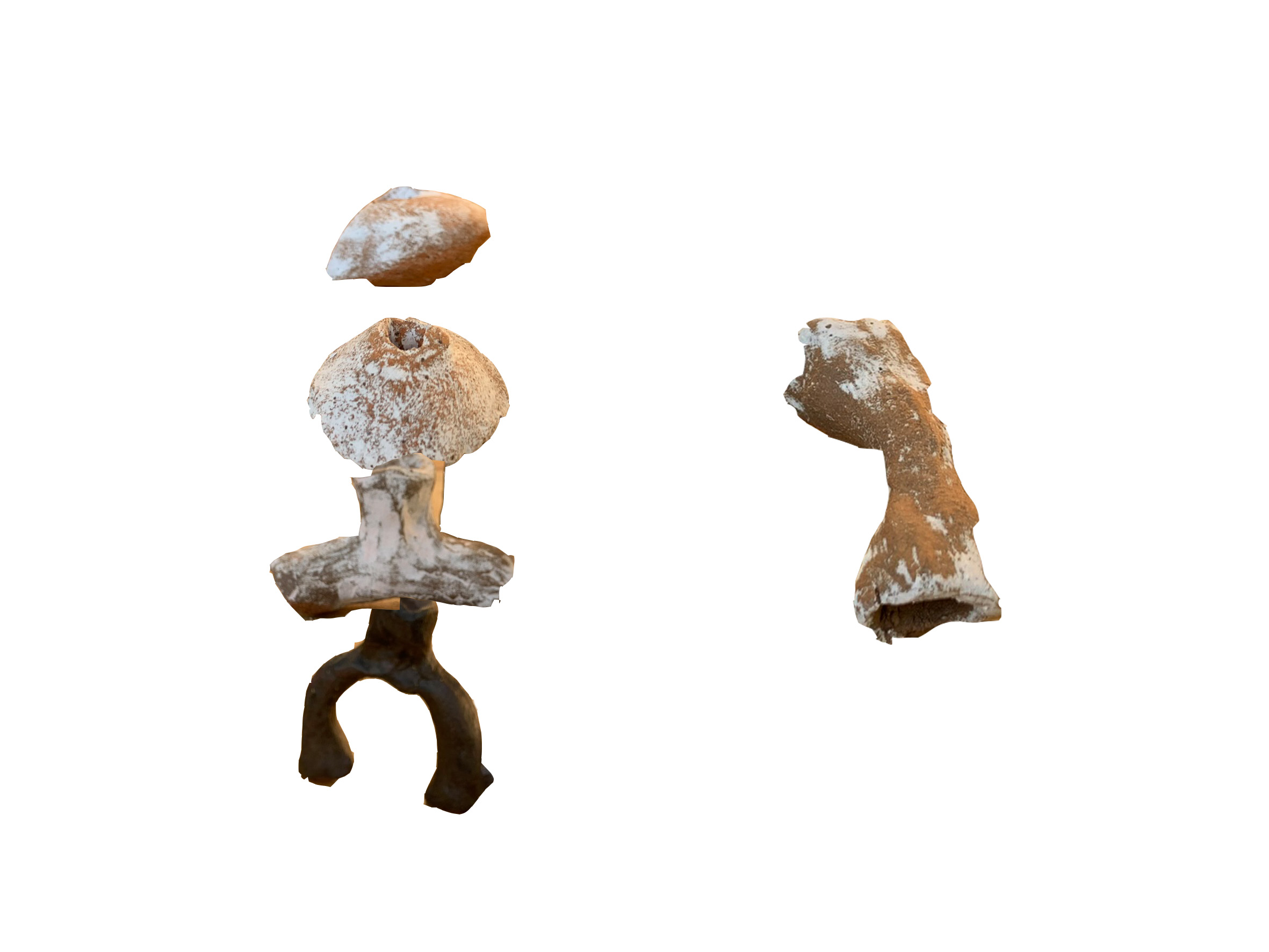

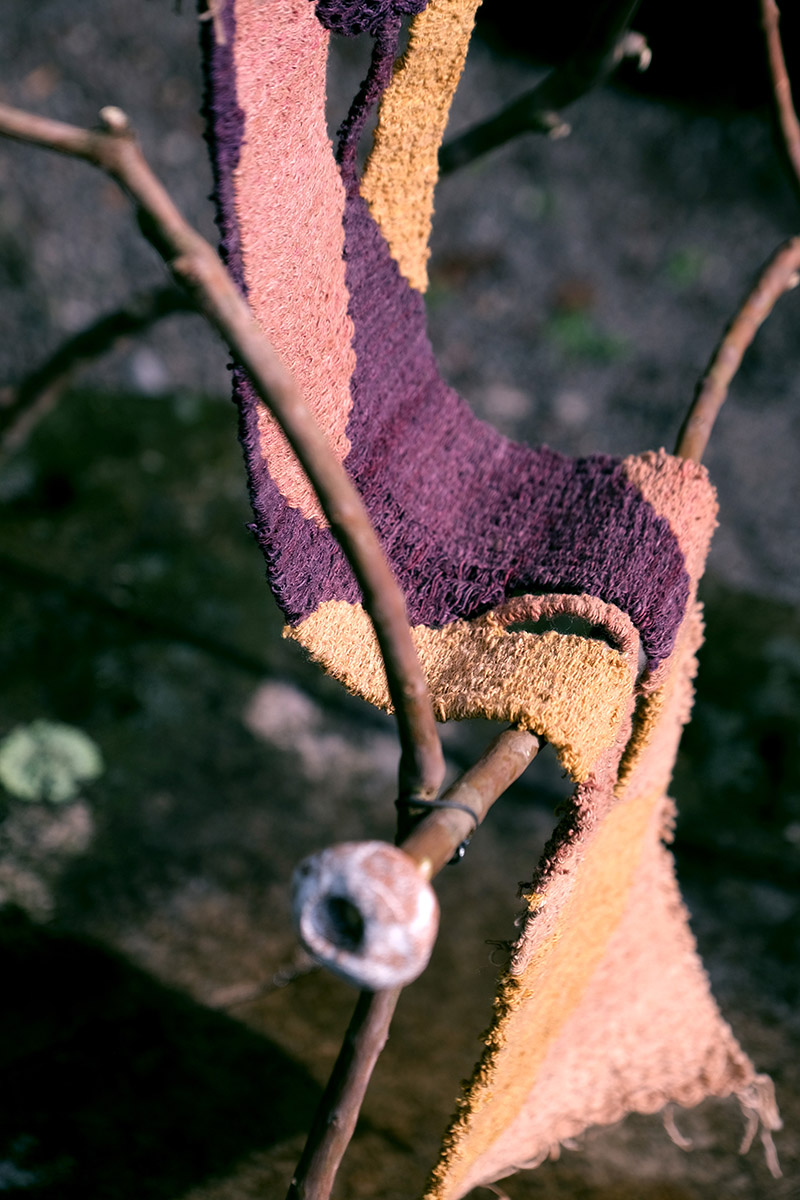
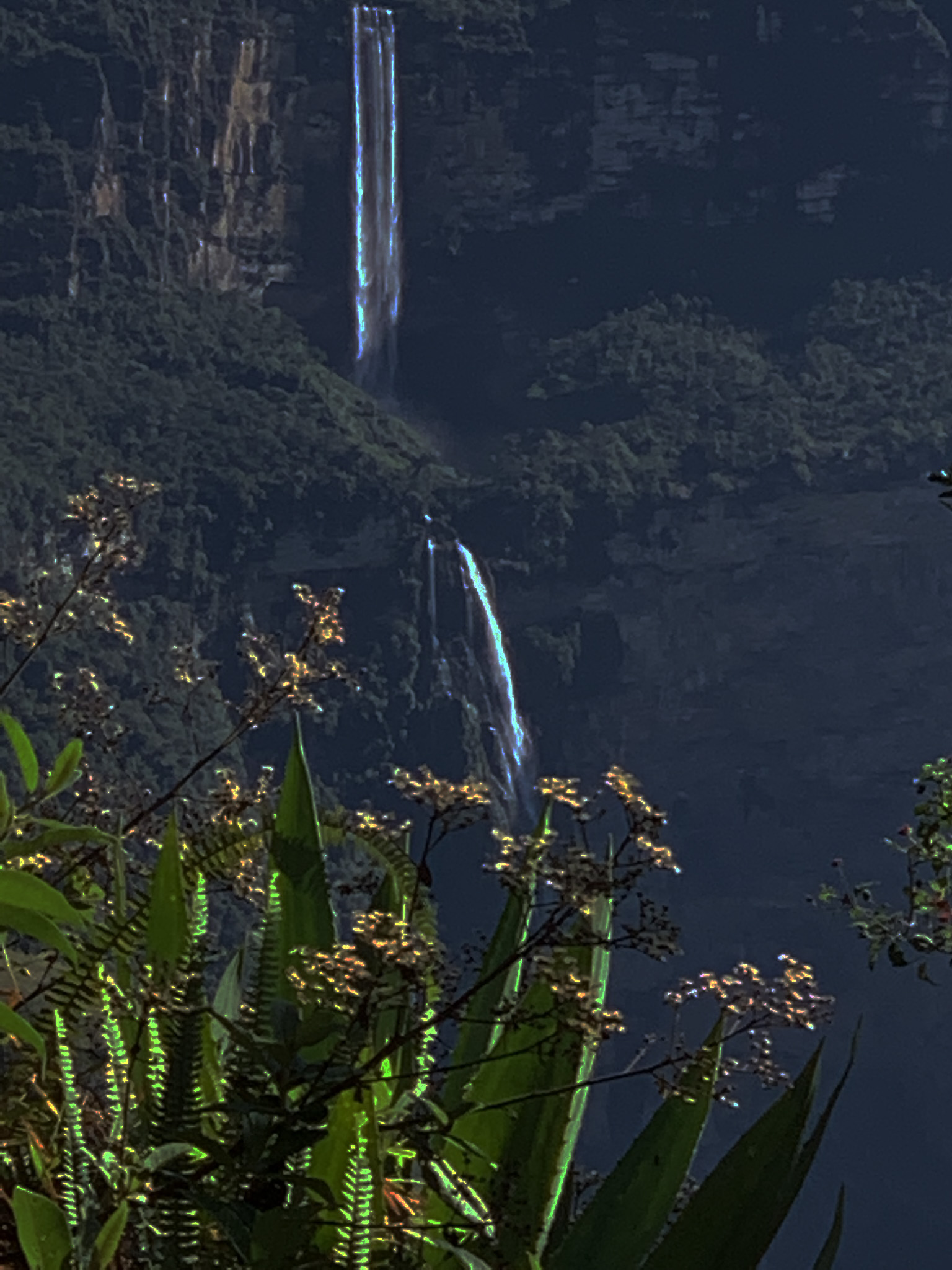
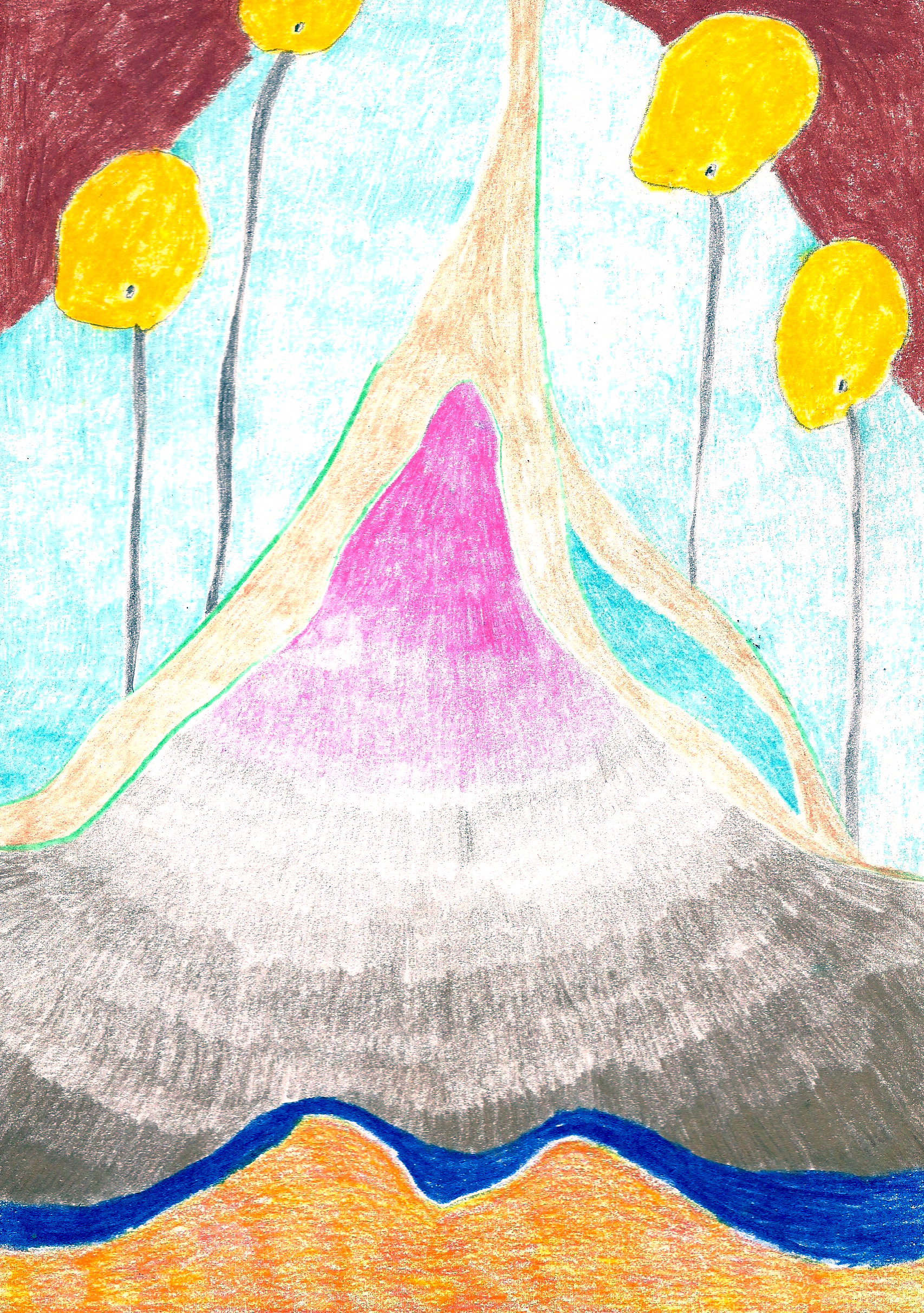
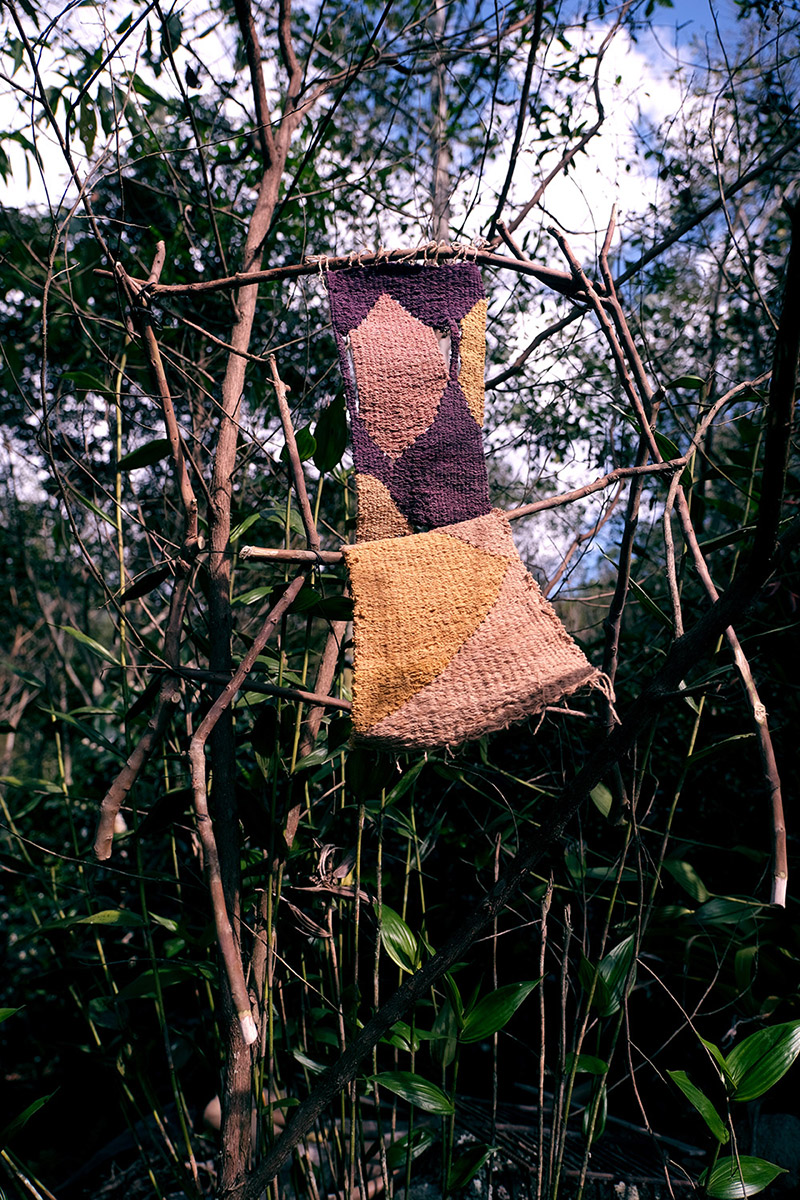
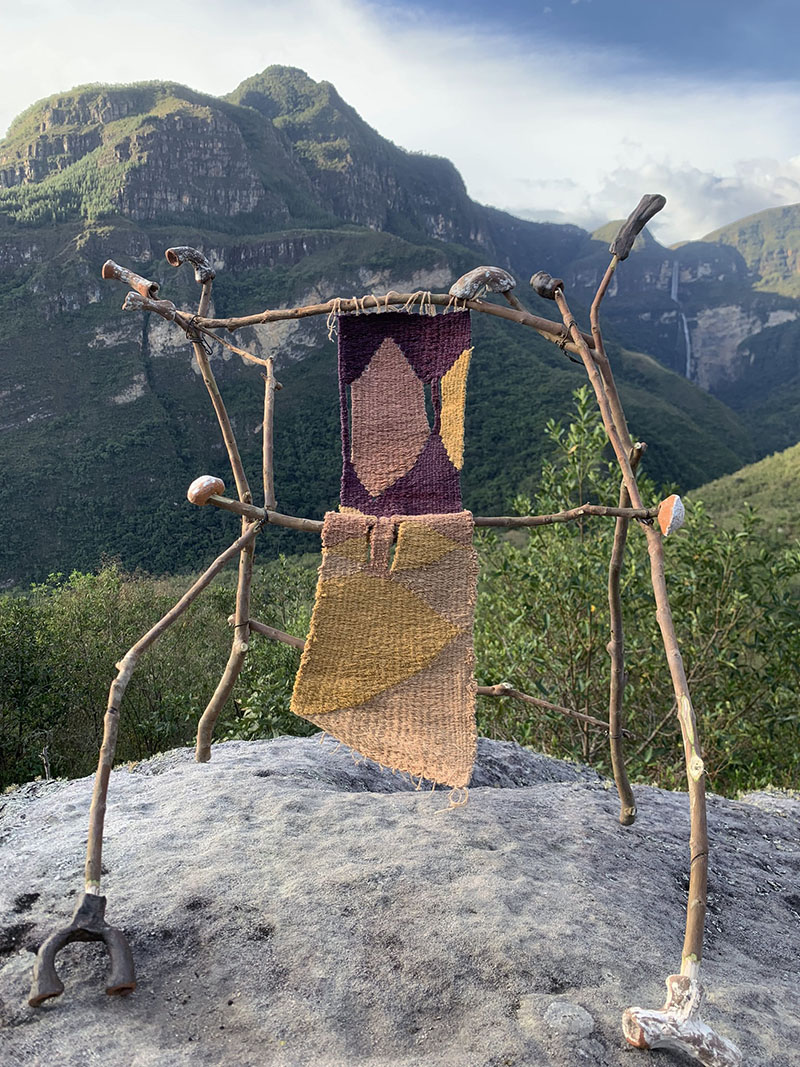
WITH-IN SOIL
group exhibition with Daniela Brill Estrada, Simon Goritschnig, Tobias Klingler, Monica C. LoCascio, Marthin Rozo
with great support by Dominika Li
at minuszwei, Vienna, Austria, 2022
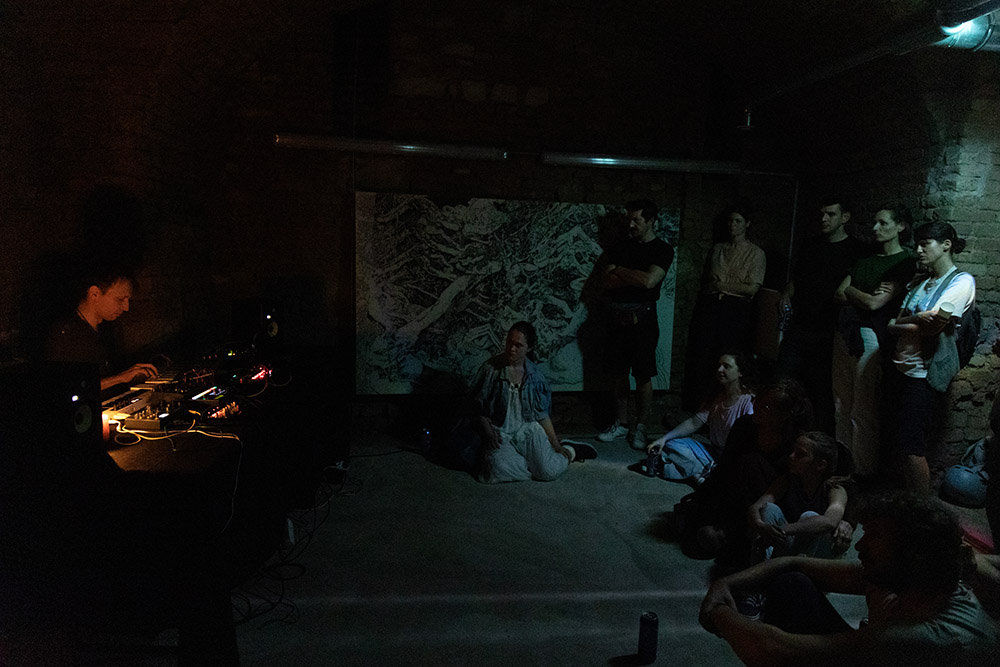
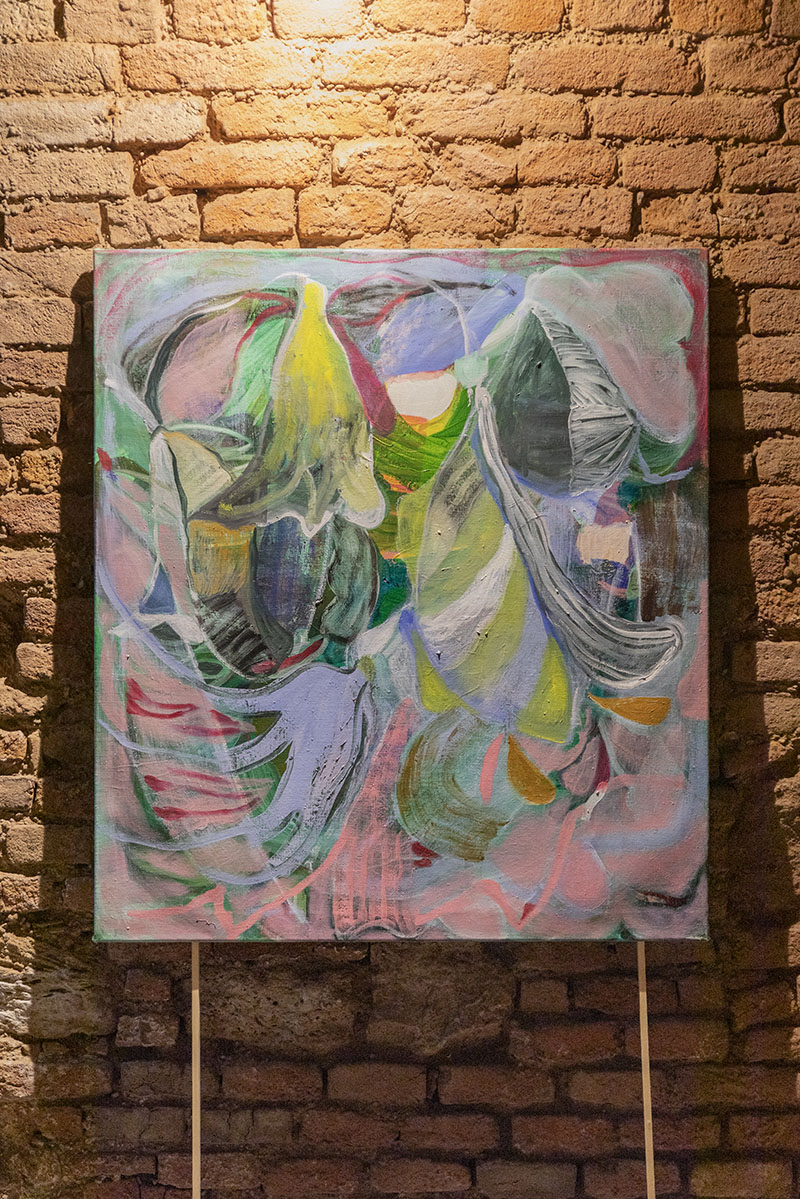
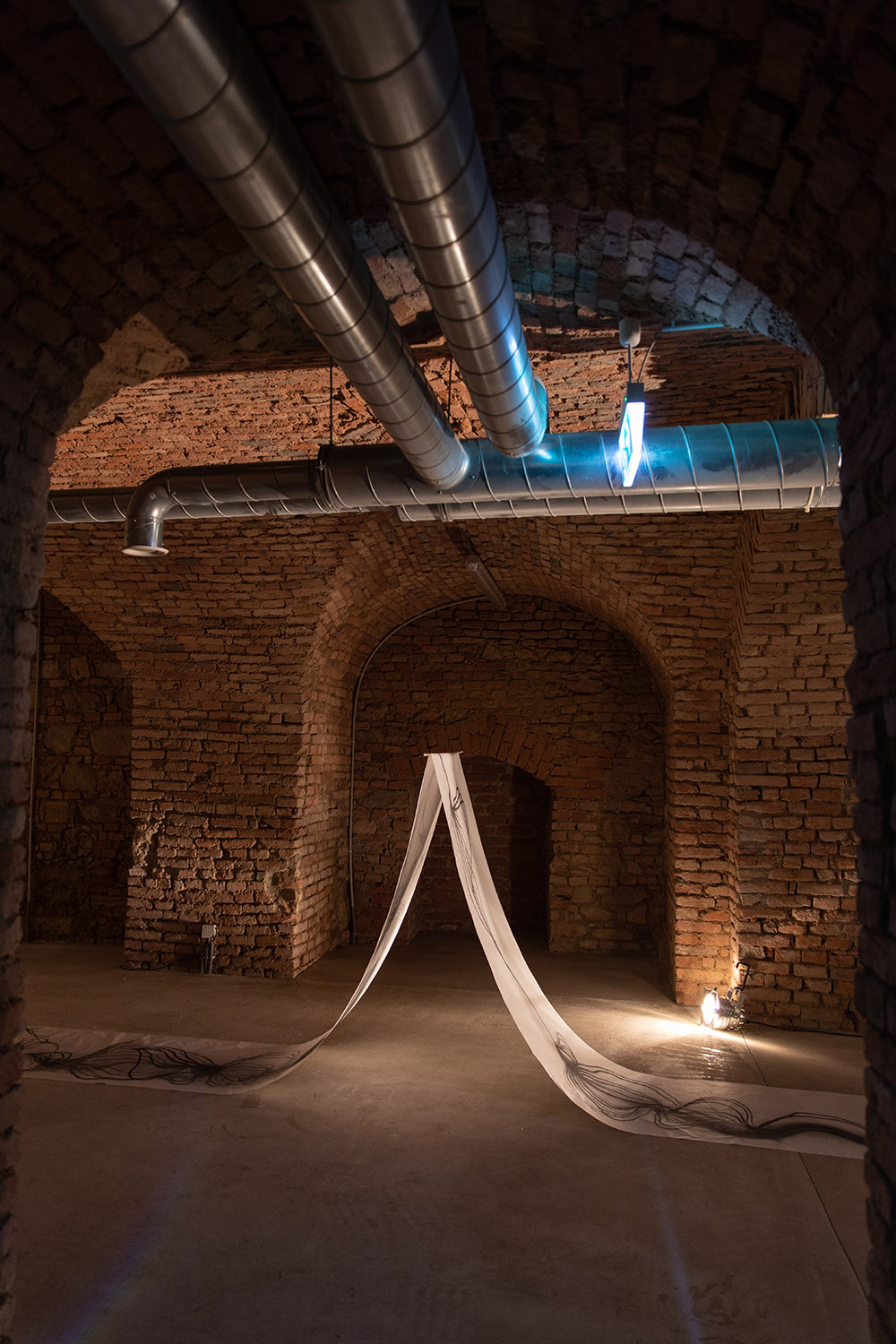
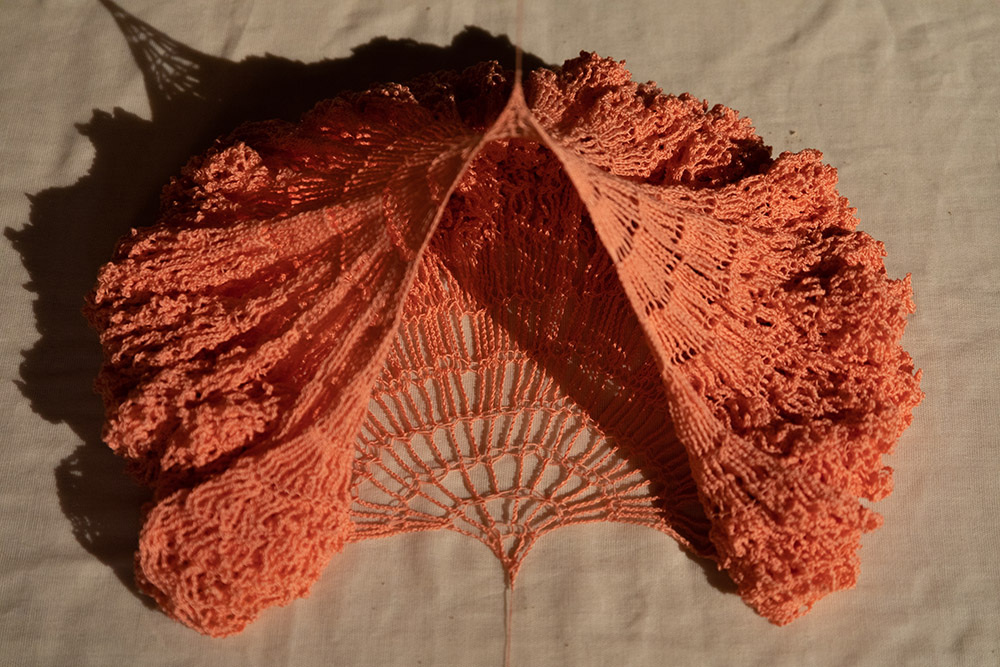

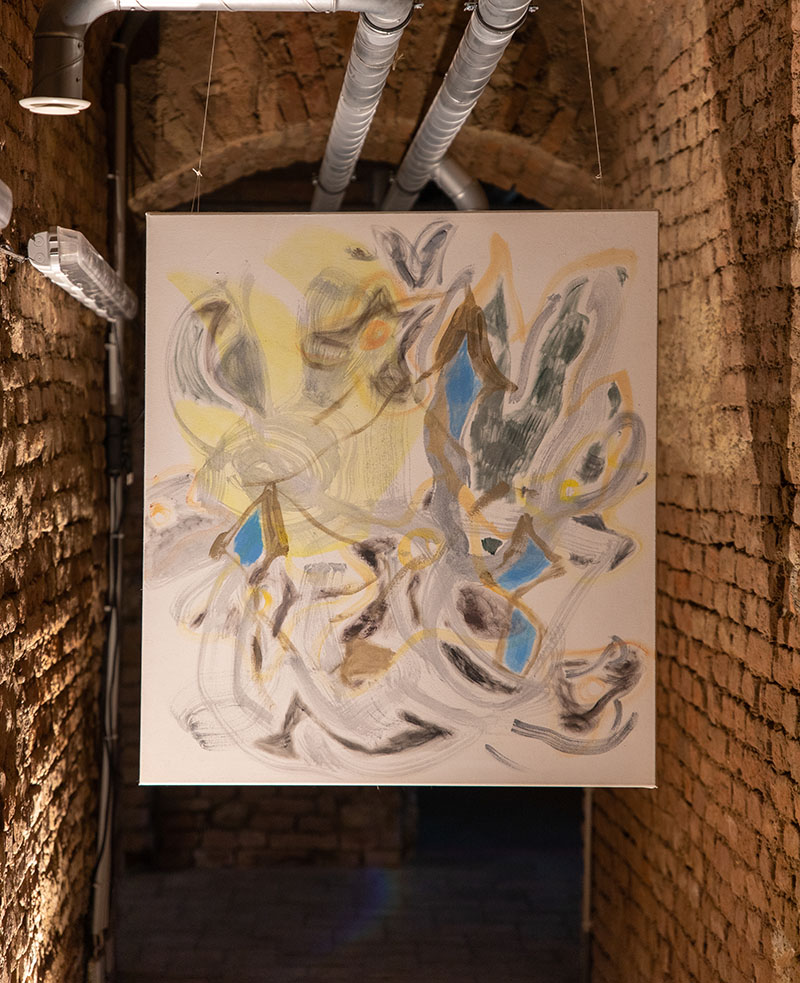
The exhibition With-in Soil conveys a site specific scenery with artistic interventions which indicate the possible condition of the actual space of the exhibition location (an underground cellar in the midst of Vienna), in a time before it was inhabited by humans.
Our poetic approach focuses on the ground as a metaphor and sphere of non-linear time which offers room to dwell and dream in, and where human-plant relations may be rediscovered through imagination and collective dreaming with the more than human world.
Through this practice of dreaming with earth we are rediscovering the term of symbiotic living, and what a space, shared by plant-roots, insects, mycorrhiza and soil can tell us about interconnectedness and what it means to live and work as a community.
Being with the ground, listening to the ground, exploring its spaciousness, its volume, we are following the roots to where the stories begin, where the seeds are growing.
In asking what it means to live with vegetal beings, we want to question our position as humans towards what we call nature, shifting our role as a spectator from the distance, to a place, where reconnection with forgotten knowledge about the healing powers of various plants is possible. Can we reconnect to this knowledge through art and science collaborations? Can we communicate again with plants? And how could this communication look like?
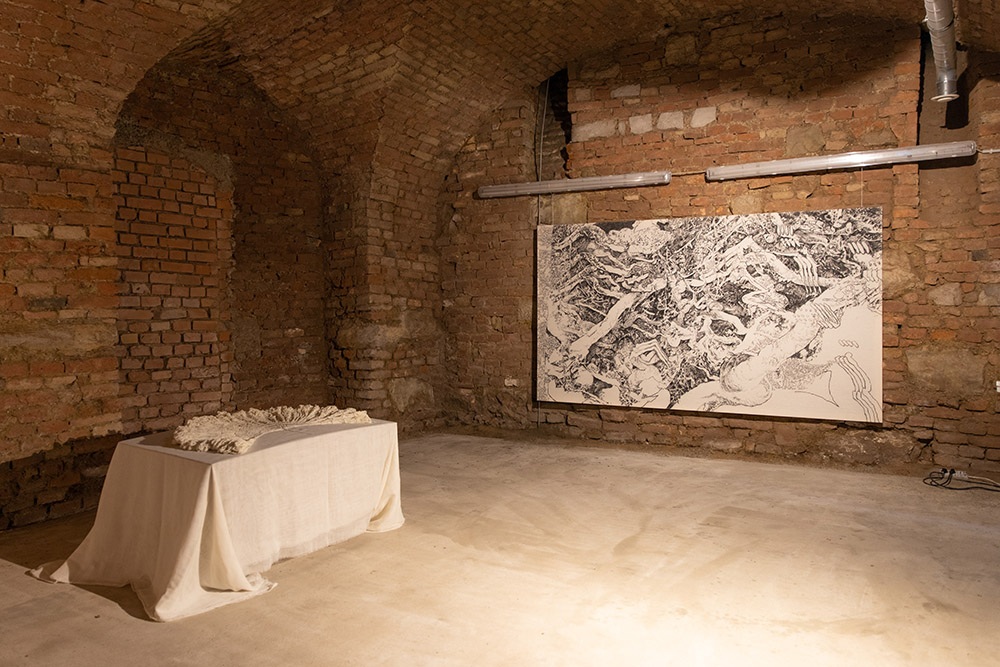
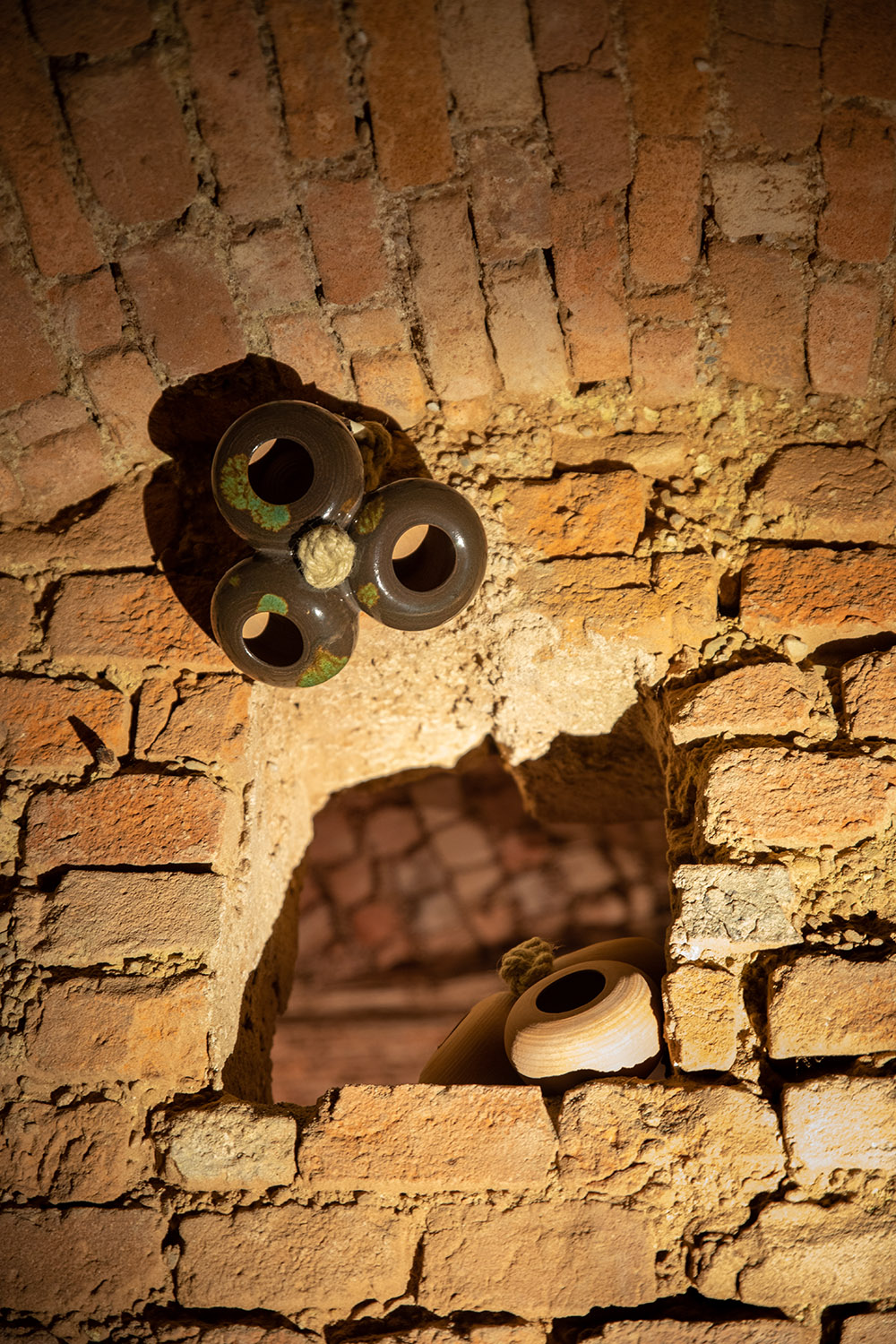

@Simon Goritschnig
artist book release and exhibition
at wasserwasser, Vienna, Austria, 2022
